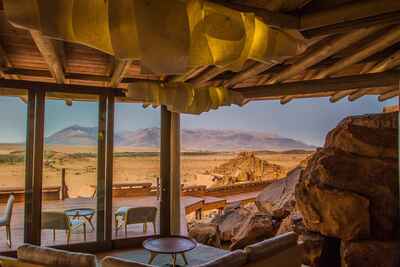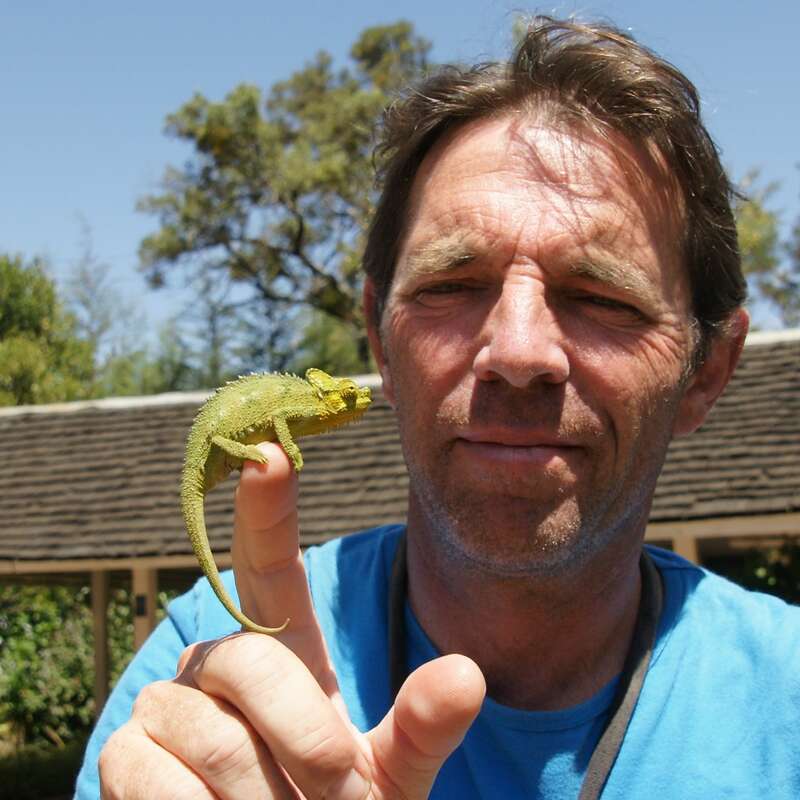About Sorris Sorris Lodge
Sorris Sorris is a designer lodge located in a private concession of the same name.
Hugging the rocky terrain and huge red granite boulders of southern Damaraland the lodge combines minimalist Scandanavian style with luxurious comfort overlooking the often dry Ugab River and the towering Brandberg Massif.
Everything at Sorris Sorris has been thought through to the highest standard, from the inventive and exceptions menu, to the stylish and luxurious design of the rooms, and the professional and friendly service. It’s one of the most expensive properties in this remote area of Damaraland, but when staying here you can easily see where your money is going.
Stop press: Sorris Sorris Lodge will be closed for extensive renovations until 2026. Please speak to us for more information or alternative options.
Our view
Everything at Sorris Sorris has been thought through to the highest standard, from the inventive and exceptions menu, to the stylish and luxurious design of the rooms, and the professional and friendly service. It’s one of the most expensive properties in this remote area of Damaraland, but when staying here you can easily see where your money is going.
Stop press: Sorris Sorris Lodge will be closed for extensive renovations until 2026. Please speak to us for more information or alternative options.
Accommodation
9 rooms
Children
Best for 12+
Open
All year
Activities

4WD Safari

Birdwatching

Cultural excursion

Guided walking safari

Private activities
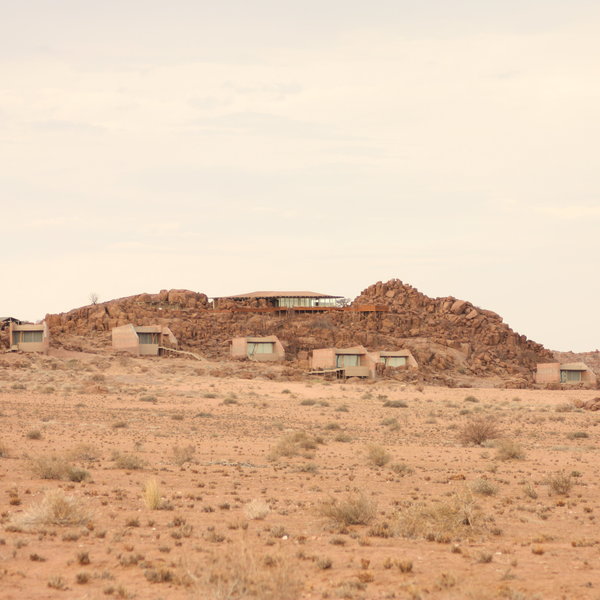
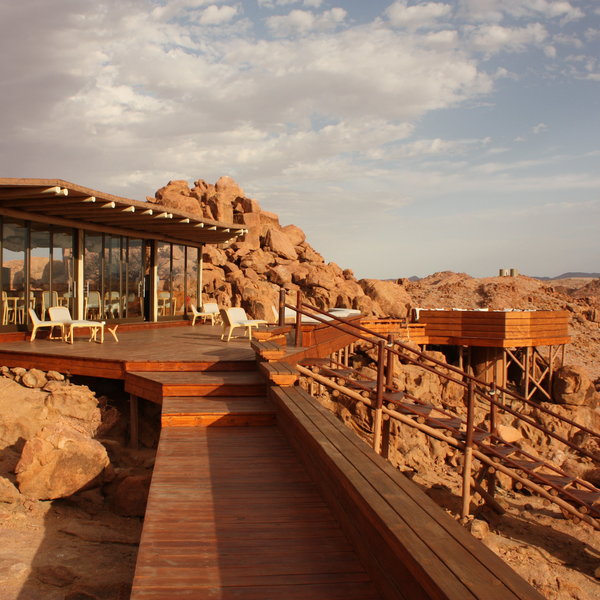
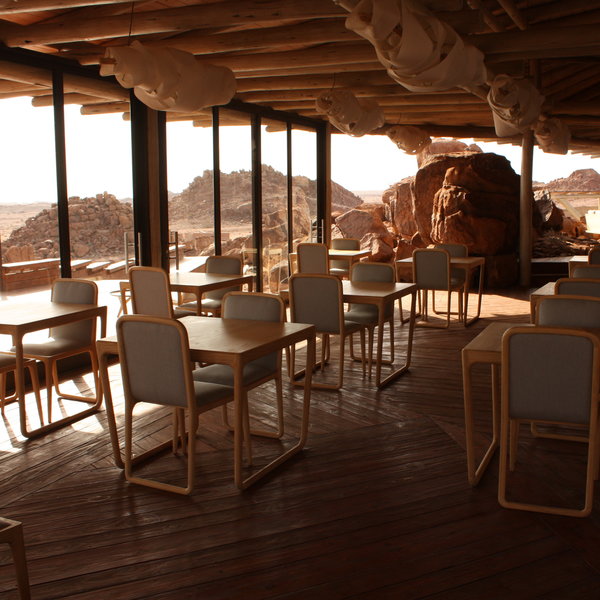
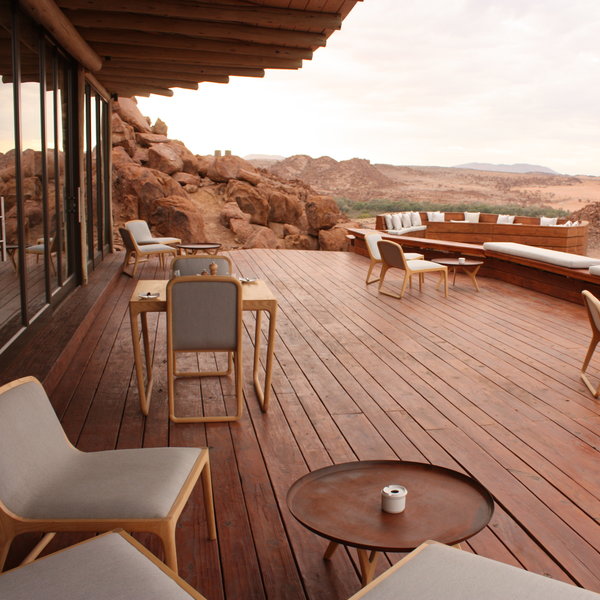

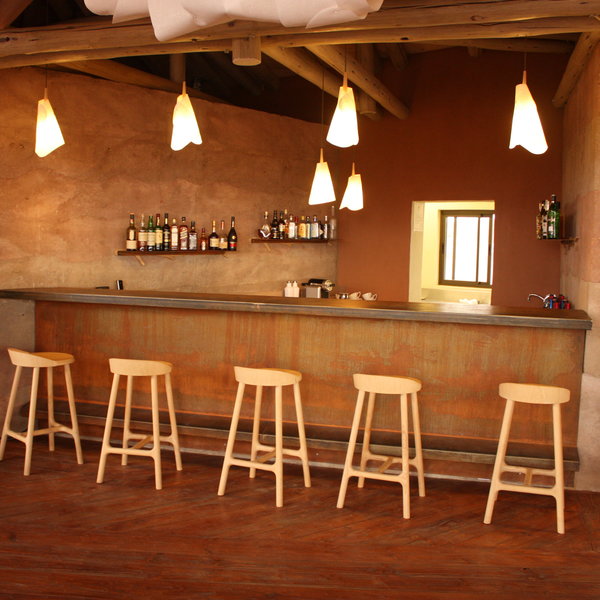
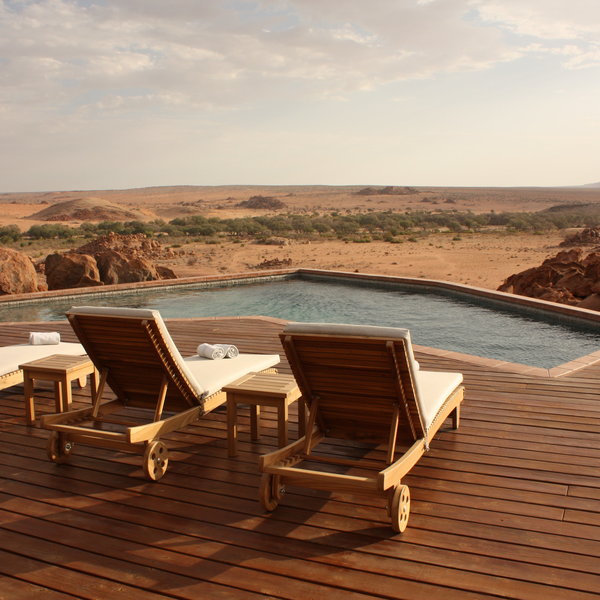

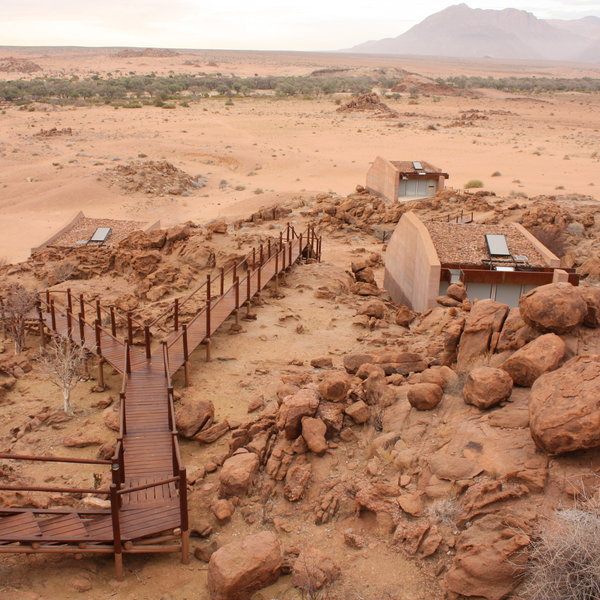
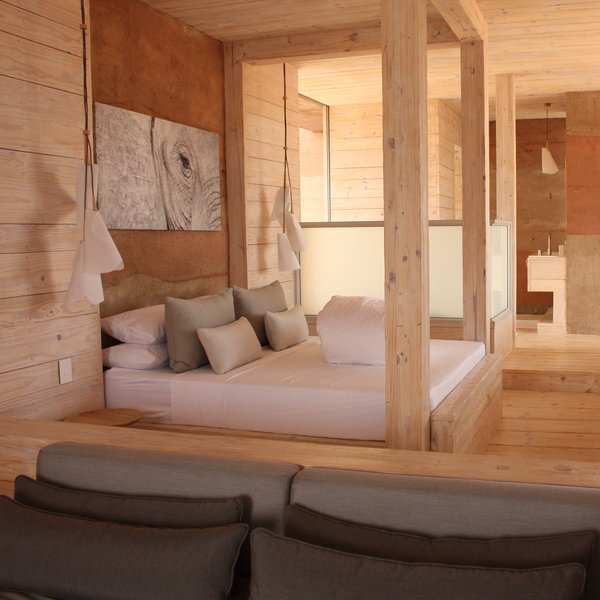
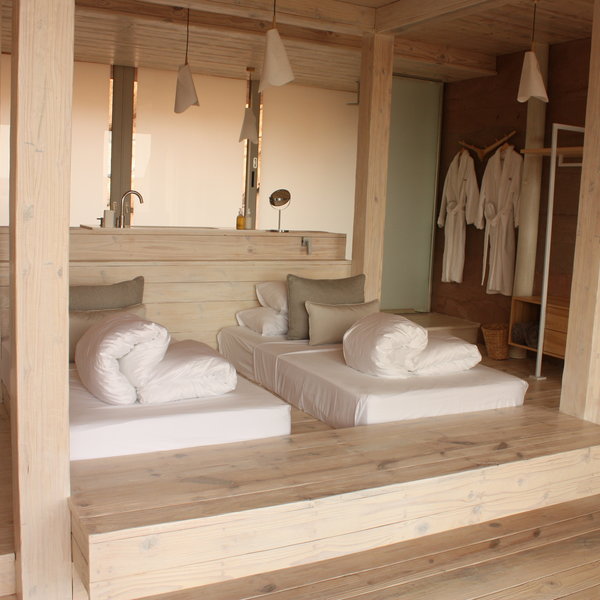
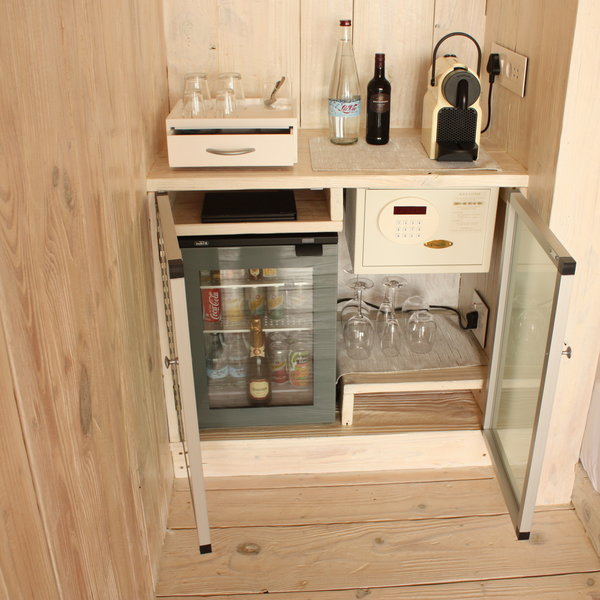
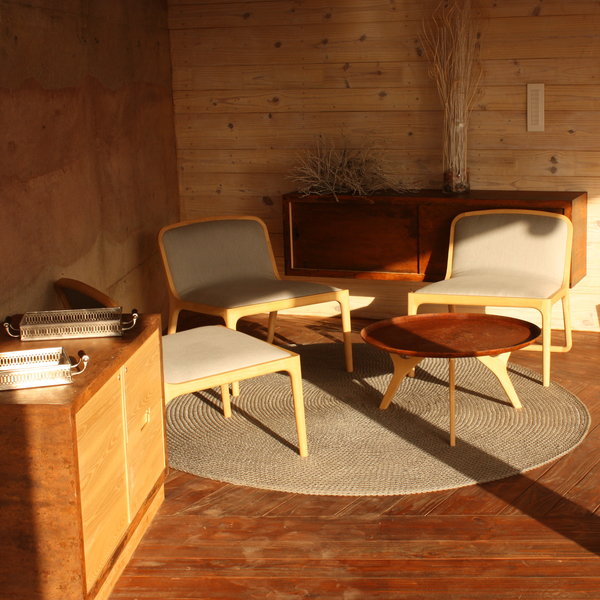
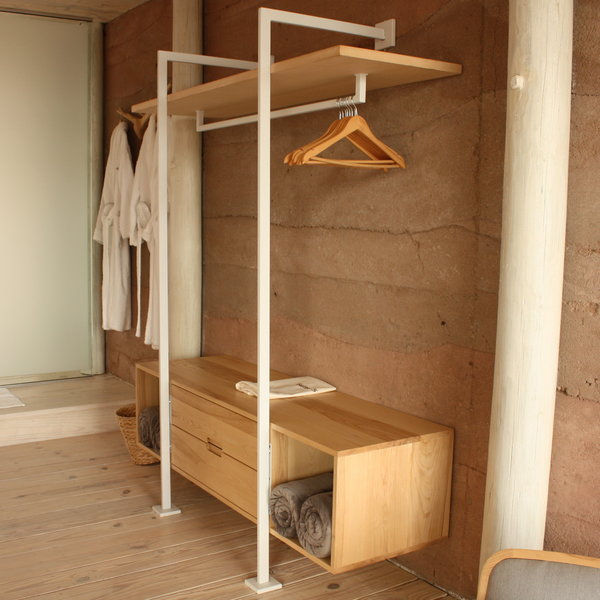
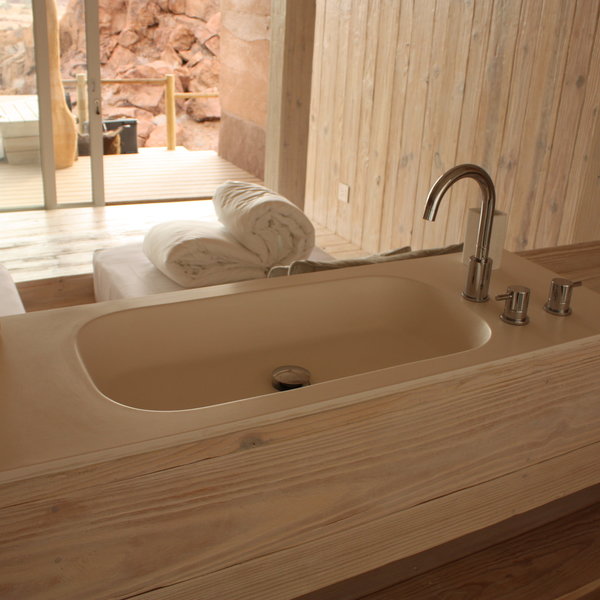
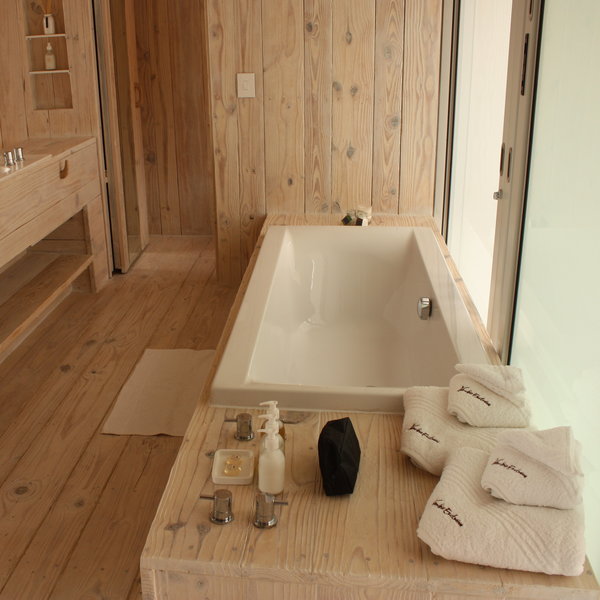
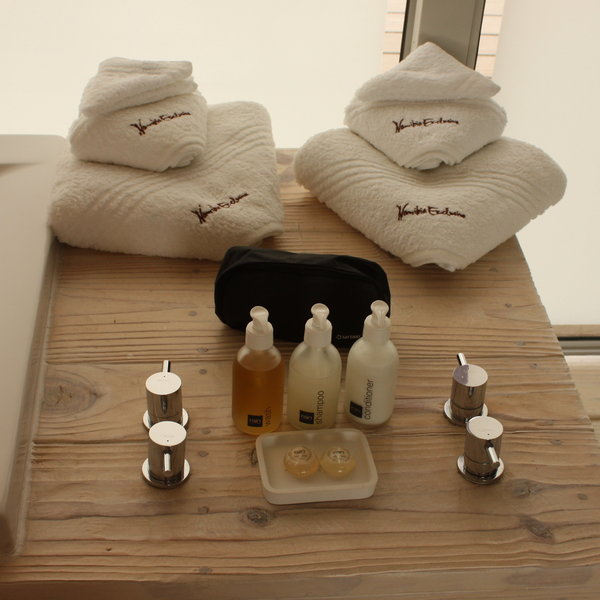
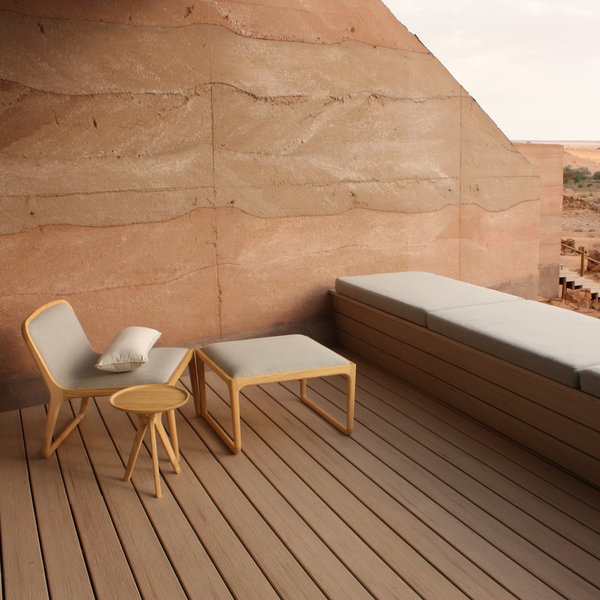
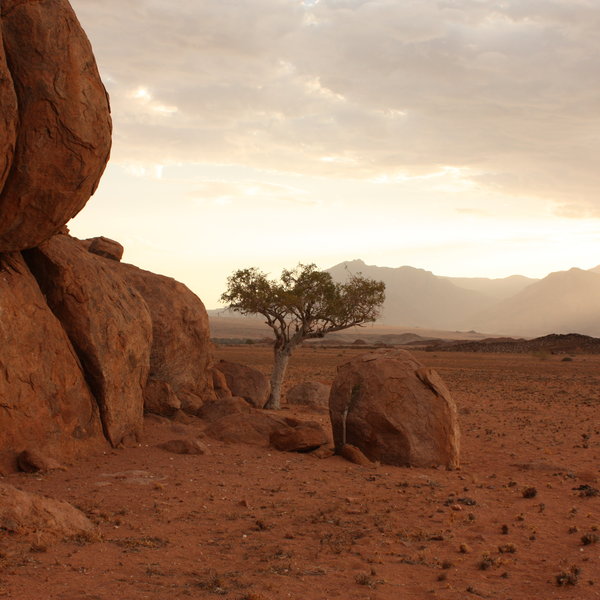
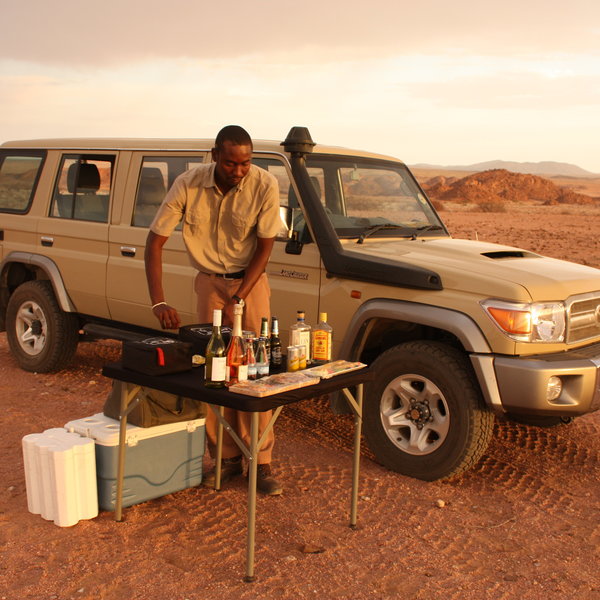
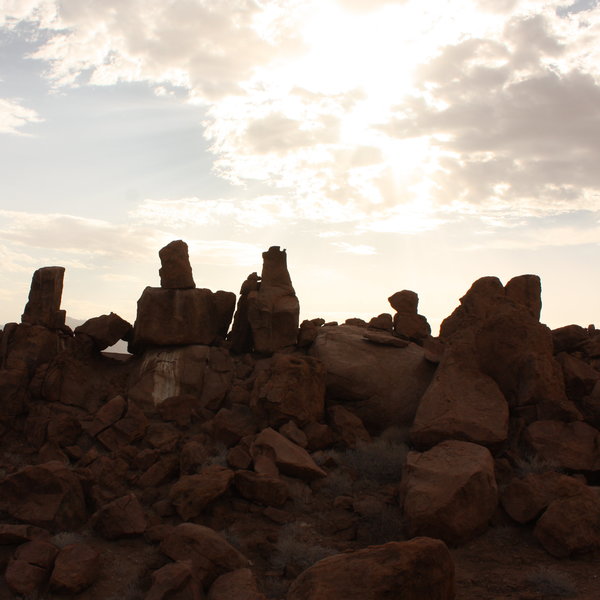
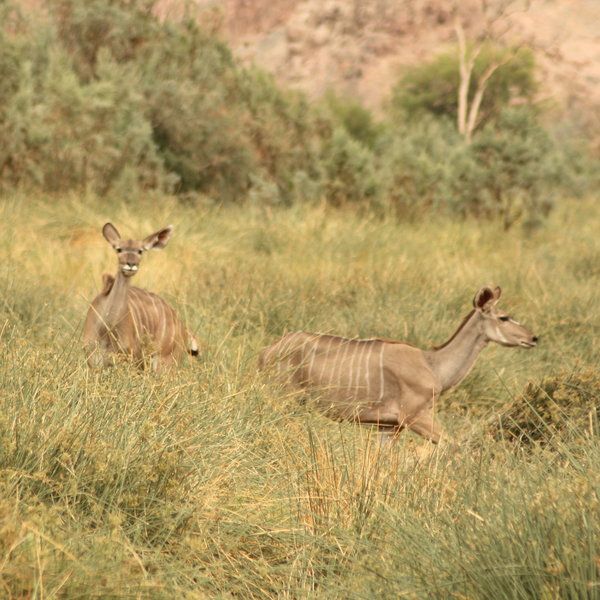
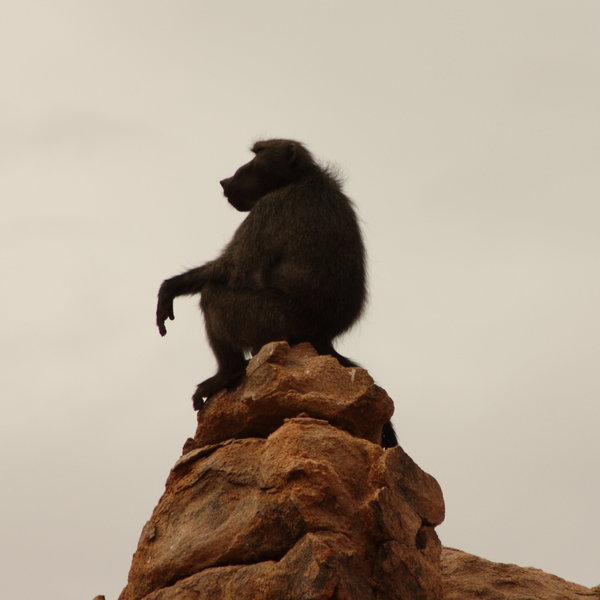
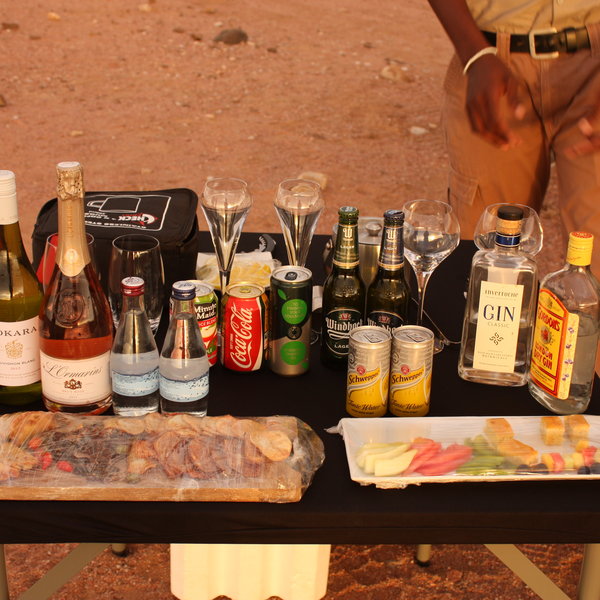
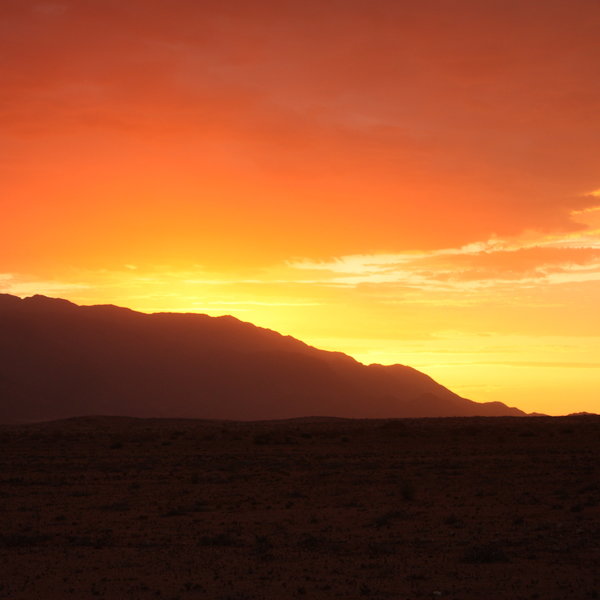
Expert Africa's gallery
When we travel we take lots of photos ourselves to give you a real and un-edited view of the safaris. See our 25 pictures of Sorris Sorris Lodge to get the candid view.
View gallerySorris Sorris Lodge: Our full report
Sorris Sorris is a designer lodge located in a private concession of the same name.
Hugging the rocky terrain and huge red granite boulders of southern Damaraland the lodge combines minimalist Scandanavian style with luxurious comfort overlooking the often dry Ugab River and the towering Brandberg Massif.
Stop press: Sorris Sorris Lodge will be closed for extensive renovations until 2026. Please speak to us for more information or alternative options.
Sorris Sorris opened in 2015, and is one of Namibia’s most luxurious lodges, offering a high standard of creature comforts in a remote part of Damaraland. It does come with a hefty price-tag though.
After a hot and dusty drive, the V-shaped swimming pool at the top of a kopje, or rocky hill, is very inviting, its large deck set with sunloungers under a wooden shaded area. Close by, the main area at Sorris Sorris is light and airy, with panoramic folding windows opening onto a large deck, overlooking the Damaraland desert plains. On a warm day these windows can be opened completely, but if it's cold or windy, they can be closed up tight.
The furniture here is all light wood with pale-blue fabrics. Individual dining tables and chairs are dotted around, with comfortable seating at either end, and a modern bar counter at the back. Outside, at the far end of the deck overhanging the rocks, is a hexagonal deck with a firepit at the centre and built-in seating around the edge. This offers a fantastic platform from which to try and spot some of the area's elusive desert elephants in the distance, while sipping a drink and watching the sun set behind the Brandberg Mountains.
Wooden walkways and flights of steps meander through the boulder strewn terrain and to the lodges nine individual rooms, including one luxury suite, all spread around the base of a rocky outcrop. Each has lovely views down the valley towards the Ugab River and the Brandberg Mountains in the distance.
From the outside, the rooms at Sorris Sorris appear fairly stark: square, block-like structures, clad in red stone so that they blend in with the rocky environment. Inside, however, they – like the main area – are very light and airy, featuring the lodge's hallmark pale wood, crisp white linen and pale-blue soft furnishings.
Each room has an outside terrace, with floor-to-ceiling glass sliding doors that open into the bedroom. Double or twin beds are on a raised wooden platform, while beside the window are a couple of easy chairs and a low table. Each room has a fully stocked minibar and Nespresso coffee machine.
On a raised level behind the bedroom is a fully open bathroom with a washbasin in the plinth behind the bed, & a bath set into a heavy wooden frame by the glazed back wall. A shower cubicle occupies the back corner of the bathroom area, and while partially glazed isn’t completely hidden from the rest of the room – you’ll need to be very comfortable with your travel partner before sharing a room here! A much more private toilet occupies the other corner. The frosted glass at the back of the room can be opened onto a private outdoor paced area, where you can find a second shower and bath. Toiletries, white towels and bathrobes are provided.
The suite – ideal for honeymooners – is generally larger, with a separate lounge area, a bigger bathroom and a spacious deck to the side.
Sorris Sorris offers several activities including guided walks and drives down the often dry Ugab River searching for the areas desert adapted black rhinos (seen roughly twice a month) and elepahnts, the latter of which can normally be tracked down over the course of a day. Trips can also be taken to the Brandberg Massif to see the areas rock paintings and also makes for an incredible spot for a sundowner.
Activities
4WD Safari
Birdwatching
Cultural excursion
Guided walking safari
Private activities
Families & children
- Attitude towards children
- At the time of writing Sorris Sorris had not yet decided on a child policy.
- Property’s age restrictions
- Sorris Sorris accepts children aged 10+
- Special activities & services
- None
- Equipment
- None
- Generally recommended for children
- Given the number of steps and the luxurious feel of the lodge we wouldn’t recommend Sorris Sorris for children under the age of 12.
- Notes
- The terrain is very rocky, with steep steps leading to the rooms, and the pool is unfenced. Parents need to supervise their children at all times.
Food & drink
- Usual board basis
- Full Board & Activities
- Food quality
- The food at Sorris Sorris is excellent, with the menu drawing from cuisines across the globe but still with a notable Namibian influence. It’s some of the best and most interesting food we’ve had a chance to try in Namibia.
Breakfast offers a healthy choice with a selection of fresh fruit juice, fresh fruit, yoghurt, muesli and cereals, alongside a range of cold meats and cheeses, and a hot breakfast that includes eggs, bacon, chicken, ham, onion, tomatoes, mushrooms and cheese.
Although we did not stay long enough at Sorris Sorris to experience lunch we understand that it is the same high standard as the other meals we experienced here.
Dinner is a smart occasion and consists of a six course tasting menu served on a candlelit table with crisp white tablecloths. On our last visit in September 2018 our courses were as follows:- A game terrine with pickled red cabbage and a red wine jelly
- Deep fried camembert with a crisp green salad
- Butternut squash soup with toasted pumpkin seeds
- Teriyaki salmon with stir fried vegetables and jasmine rice
- Rare beef sirloin with a mushroom sauce, buttered baby carrots and pea puree
- Apple crumble with Amarula ice cream
- Dining style
- Individual Tables
- Dining locations
- Indoor and Outdoor Dining
- Drinks included
- Drinks, including champagne on arrival, wine, beer, soft drinks and bottled water are included, but premium spirits and some imported drinks may be charged for.
Getting there
- Location
- Damaraland, Namibia
- Ideal length of stay
- 2 nights is ideal to explore this part of Damaraland
- Directions
- Sorris Sorris in situated in the Brandberg area near the D2319. The closest towns are Uis (35km to the south) and Khorixas (83km to the north), and Windhoek is about 395km (5 hours' drive) away. The nearest airstrip is at Uis. Guests will need a 4WD vehicle to access the lodge.
- Accessible by
- Self-drive or Fly-and-Transfer
Special interests
- Luxury safaris
- The stylish (almost Spartan) wooden interiors are direct from the ‘Scandinavian-minimalist’ school of design, making a stay at Sorris Sorris a real luxury. Great food, a terrific pool and endless expansive views of desert complete this lodge’s very modern take on luxury.
- See ideas for Luxury safaris in Namibia
Communications
- Power supply notes
- The generator is on from 5.00am until the last guest goes to bed.
They are hoping to add solar power in the future. - Communications
- Patchy cellphone reception is available. There is also WiFi at Sorri Sorris – although it wasn’t working at the time of our visit due to a faulty transmitter.
- TV & radio
- There are no TVs or radios in the camp.
- Water supply
- Borehole
Health & safety
- Malarial protection recommended
- Yes
- Medical care
- The nearest hospital is in Khorixas and in an emergency guests can be flown to Windhoek.
- Dangerous animals
- Moderate Risk
- Security measures
- Currently there are none.
- Fire safety
- Fire extinguishers are located in all rooms.
Useful info
- Disabled access
- On Request
- Laundry facilities
- Laundry is included
- Money
- There is a digital safe in each room.
There is no currency exchange available - Accepted payment on location
- Sorris Sorris accepts cash payments in Namibian dollars and South African rand, as well as credit payments by Visa, Amex and MasterCard.
Plan and book your trip with Expert Africa
All of our trips are tailor-made, so we'll always adapt them to suit you. Talk to an Expert and let us plan and arrange your perfect trip.

Talk to an Expert
Call or email us now! We’ll match you with the Specialist in our team who is best suited to help you. Then together we can start planning your trip.

Set up your itinerary
Based on our experience and your ideas, your specialist will create a detailed, costed itinerary. We’ll refine it together, until we have a trip that you’re perfectly happy with.

Prepare for your trip
The same Specialist will make the seamless arrangements for your trip, send you detailed travel documents, and be available to answer any questions before you depart.

Travel with peace of mind
After you set off, you’ll be cared for by our partners in Africa, most of whom have worked with Expert Africa for decades. And if you ever need us urgently, we’re available 24/7.

When you return
We love to learn about your trip, and so will always be grateful if you’ve the time to give feedback to your Specialist when you return.
Sorris Sorris Lodge's location
Look closer at the environment and surroundings of Sorris Sorris Lodge.
Other lodges in Damaraland
Alternative places to stay in this same area.
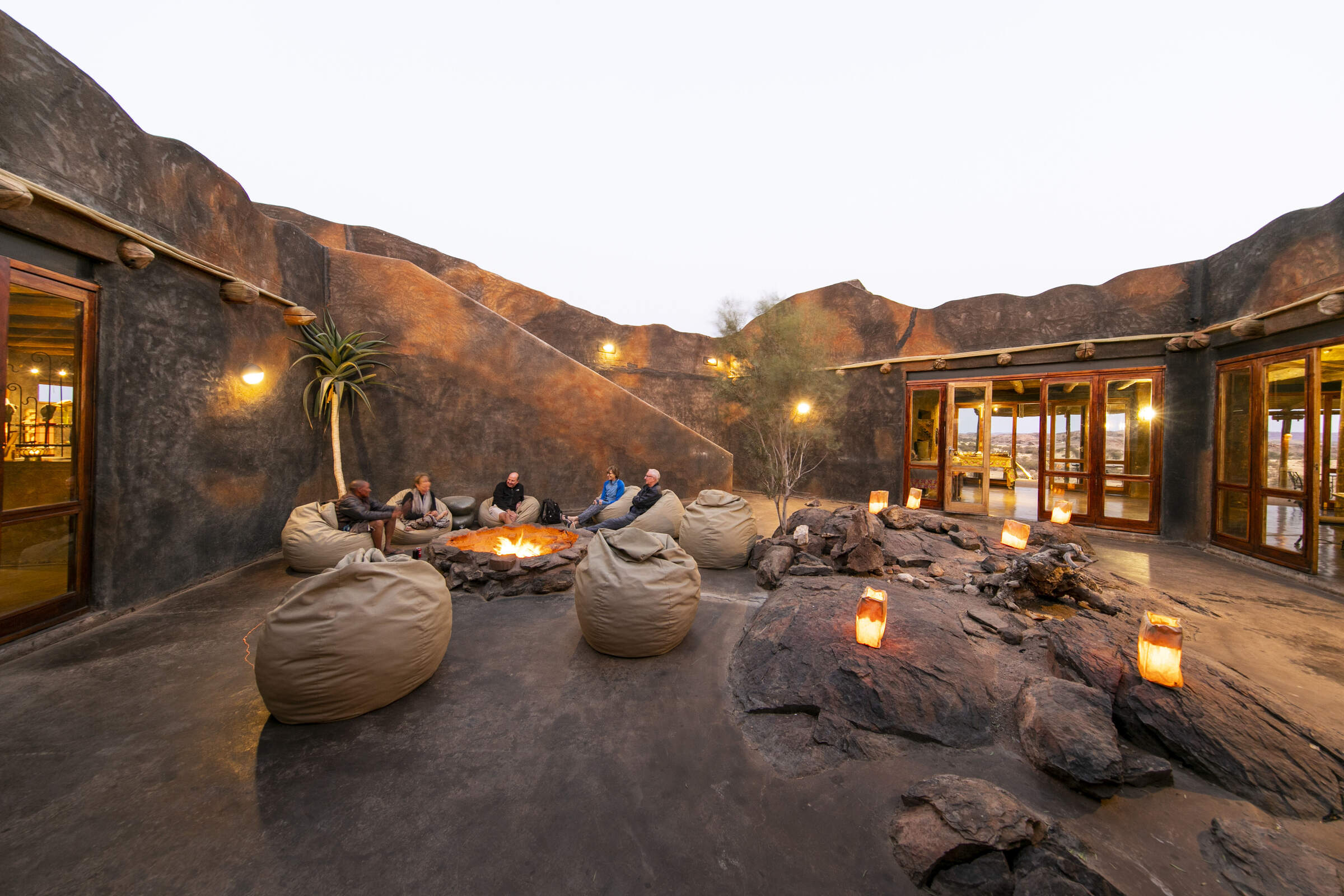
Doro Nawas
Comfortable rooms and a convenient location make the community run Doro Nawas a great base for exploring Damaraland.
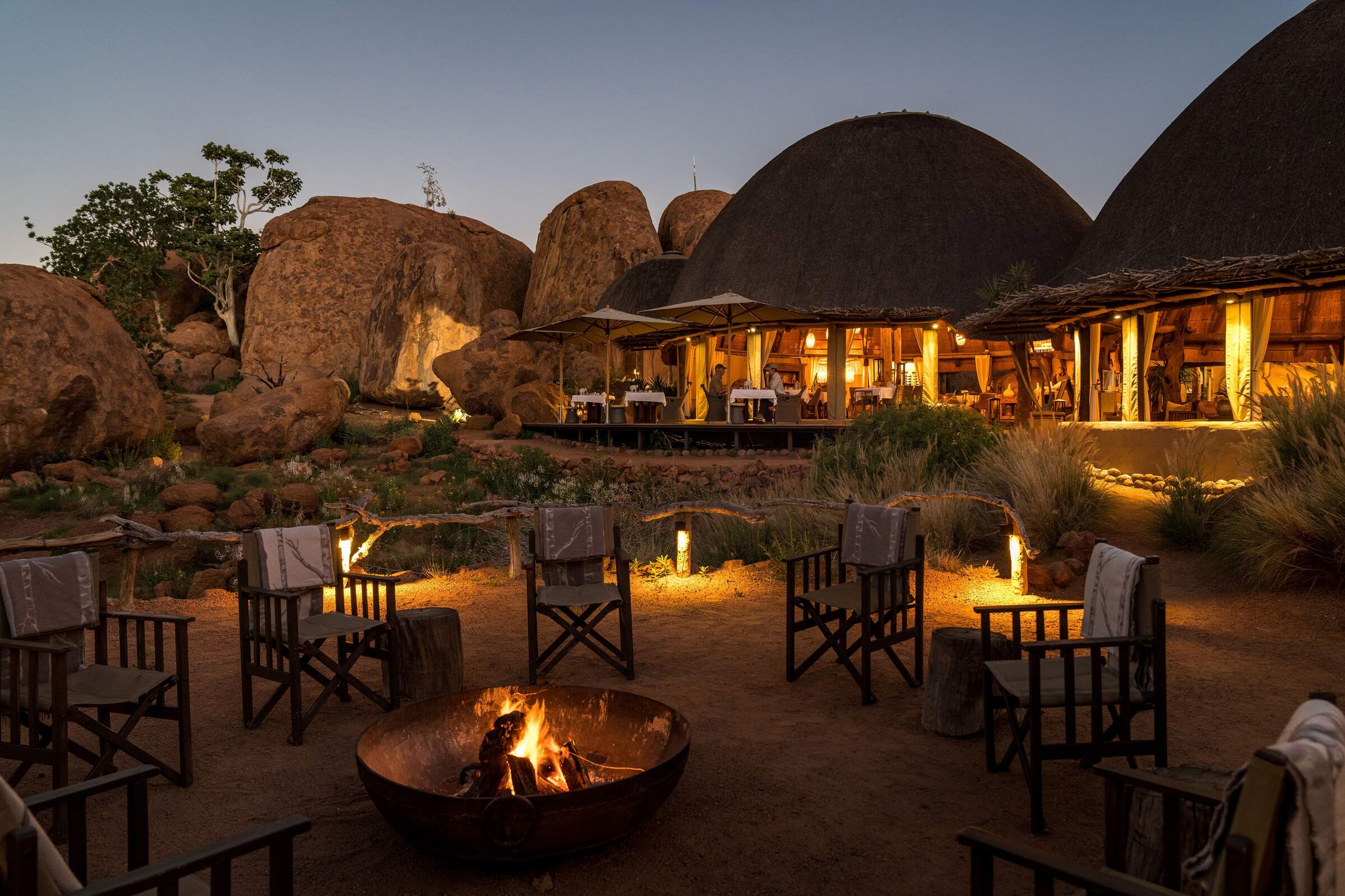
Mowani Mountain Camp
Mowani is a beautiful and stylish mountain retreat in southern Damaraland; it makes a great base for visits toTwyfelfontein.
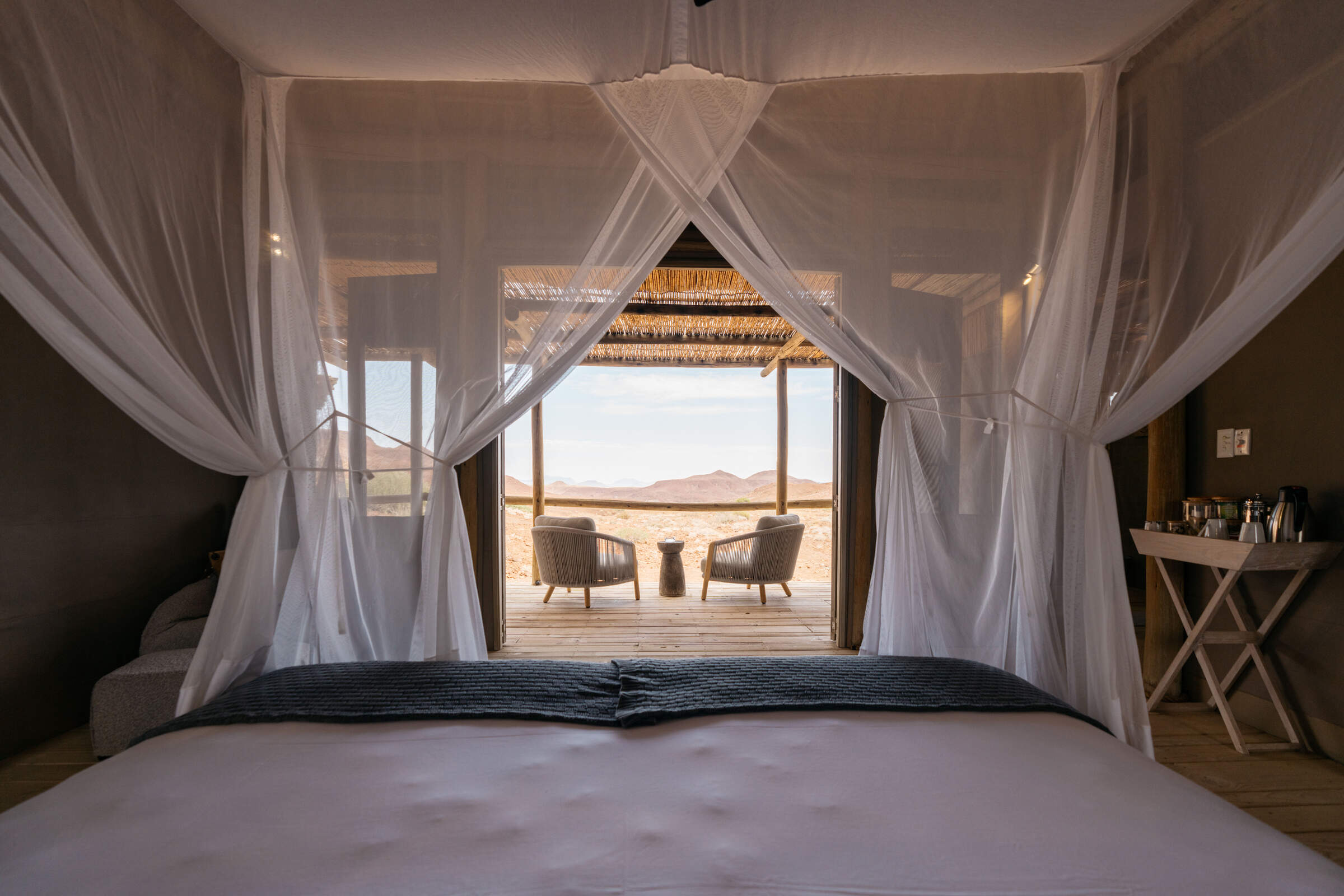
Damaraland Camp
Setting the standard for community partnerships, Damaraland Camp offers a beautiful location, a range of activities – and a genuine welcome.
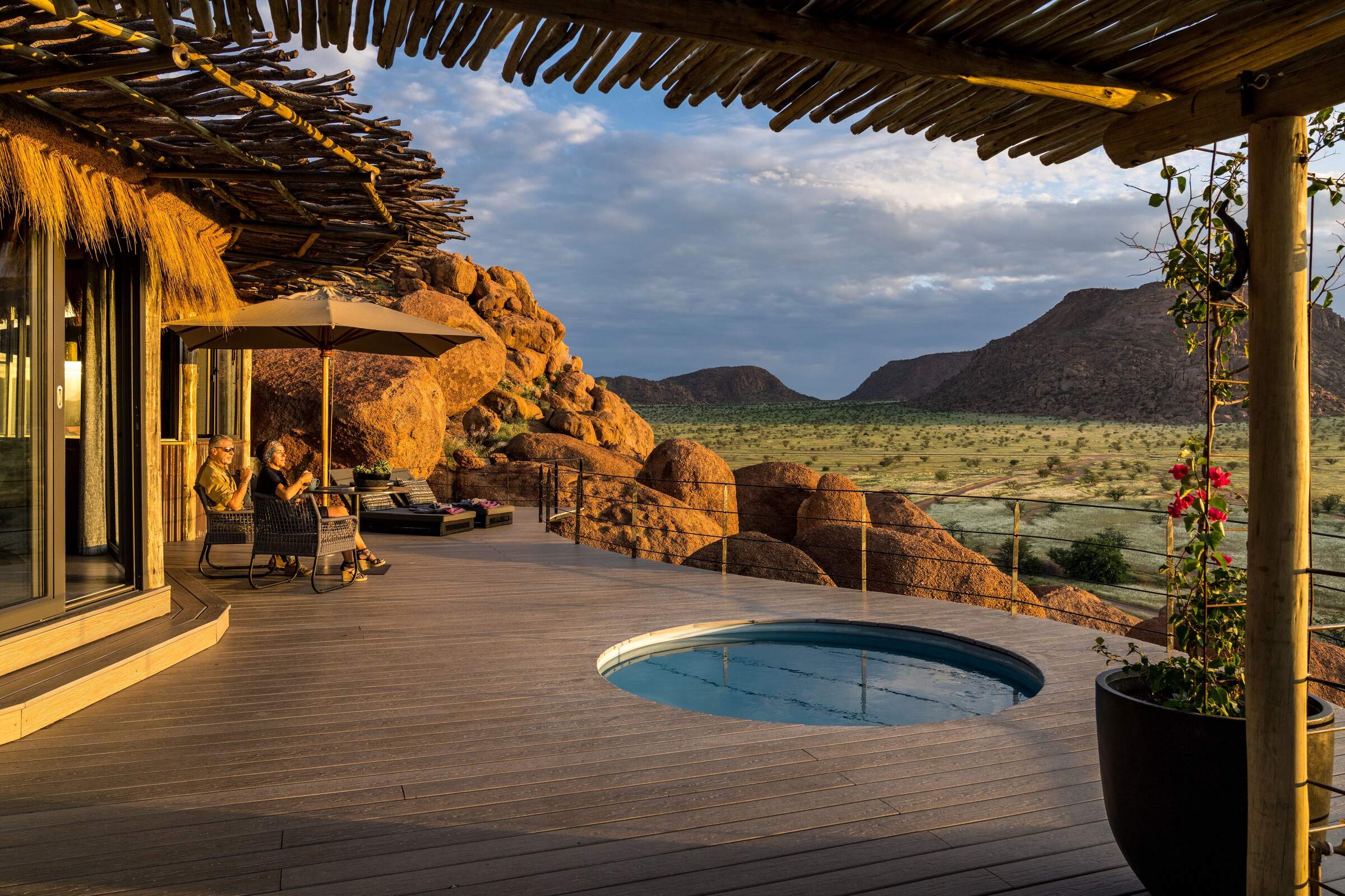
Camp Kipwe
With unusual, igloo-like rooms, open-air bathrooms and beautiful scenery, Camp Kipwe is well placed for nature and cultural excursions.
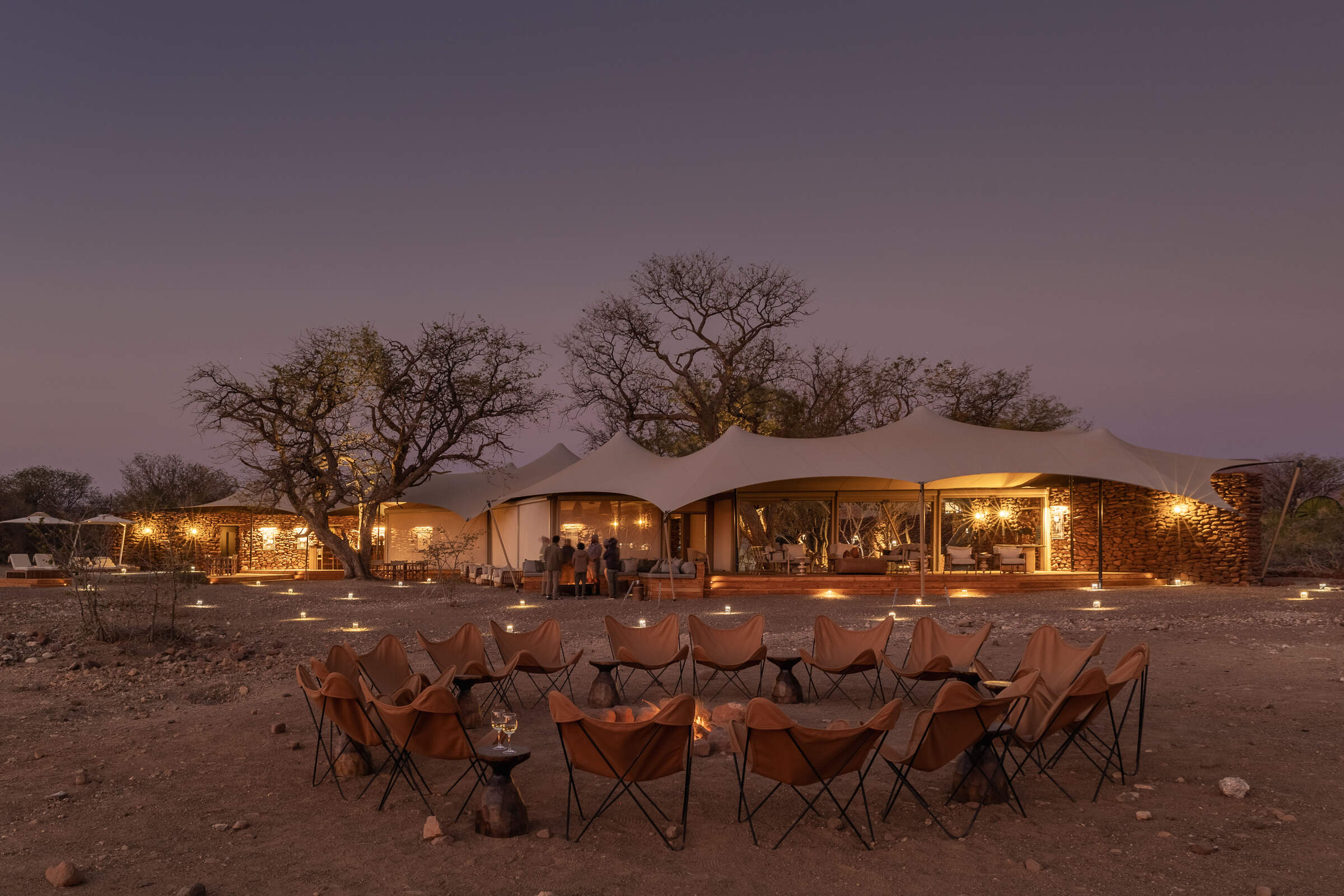
Desert Rhino Camp
Desert Rhino Camp offers a rare opportunity to track black rhino on foot in one of the last true wilderness areas – an amazing experience.
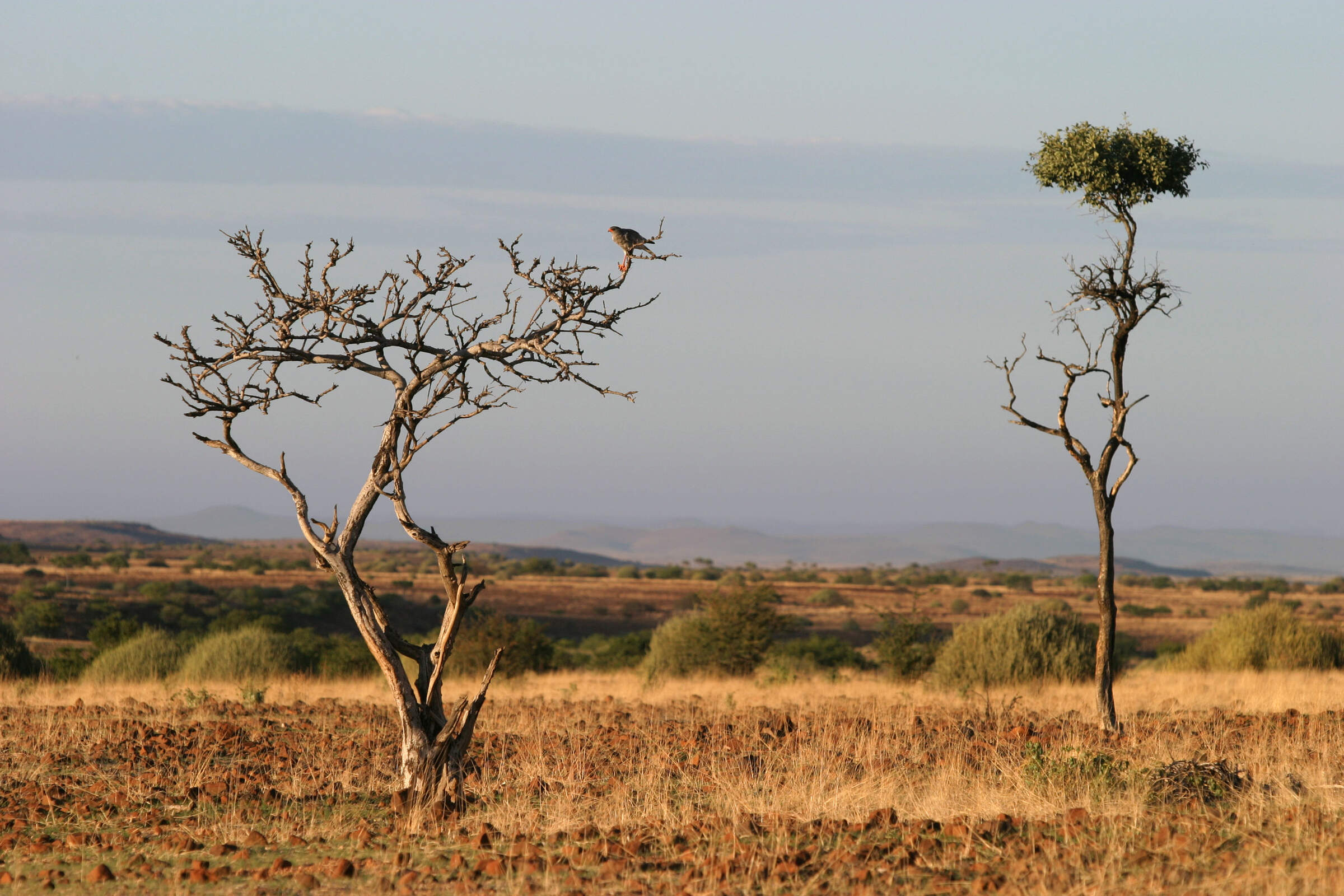
Etendeka Camp
Etendeka is an owner-run camp in the remote and less visited north of Damaraland. The camp is renowned for it's spectacular guided walking trails.
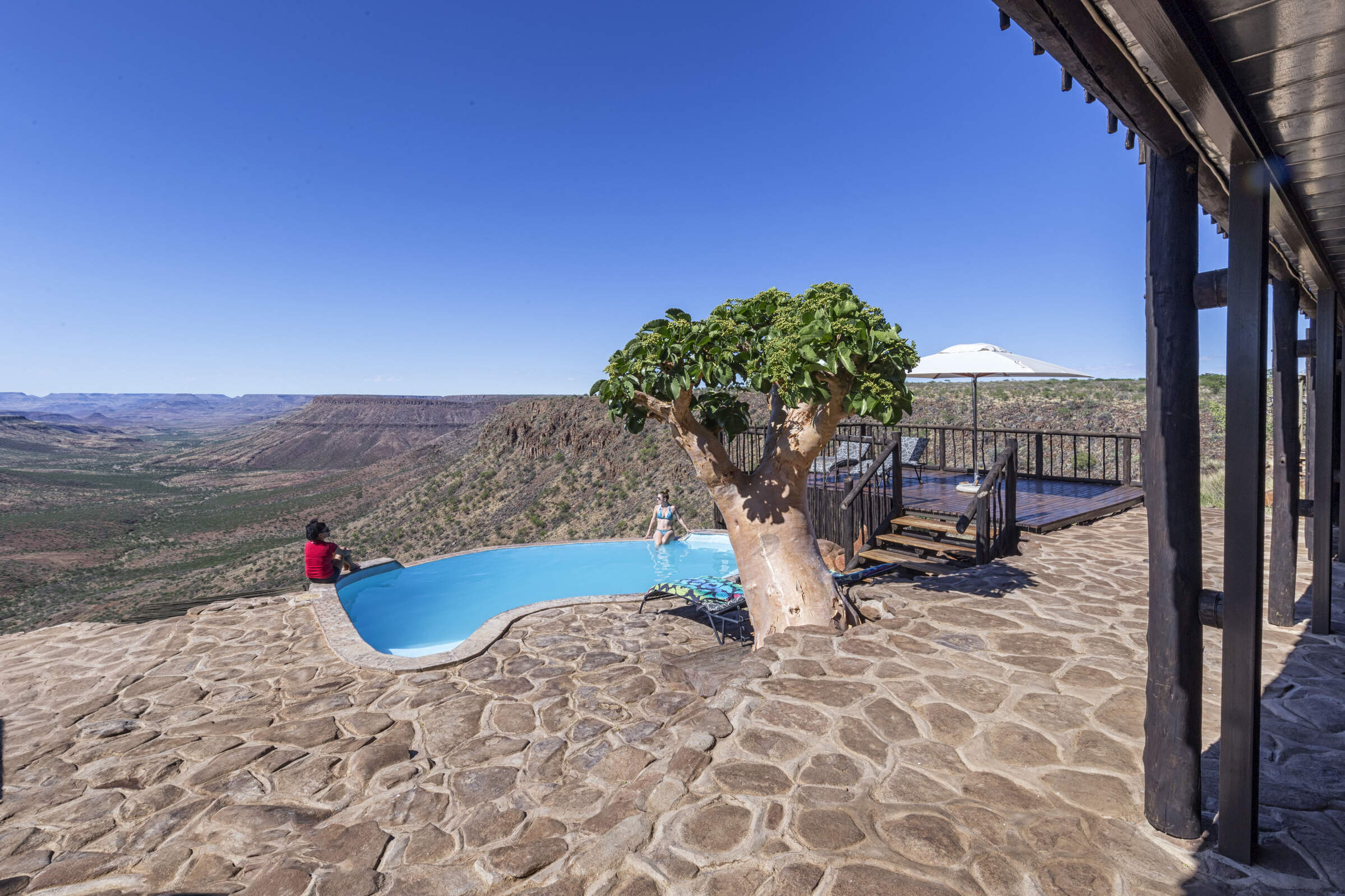
Grootberg Lodge
On the edge of an ancient plateau Grootberg Lodge has a stunning location and arguably the best views of any lodge in Namibia.
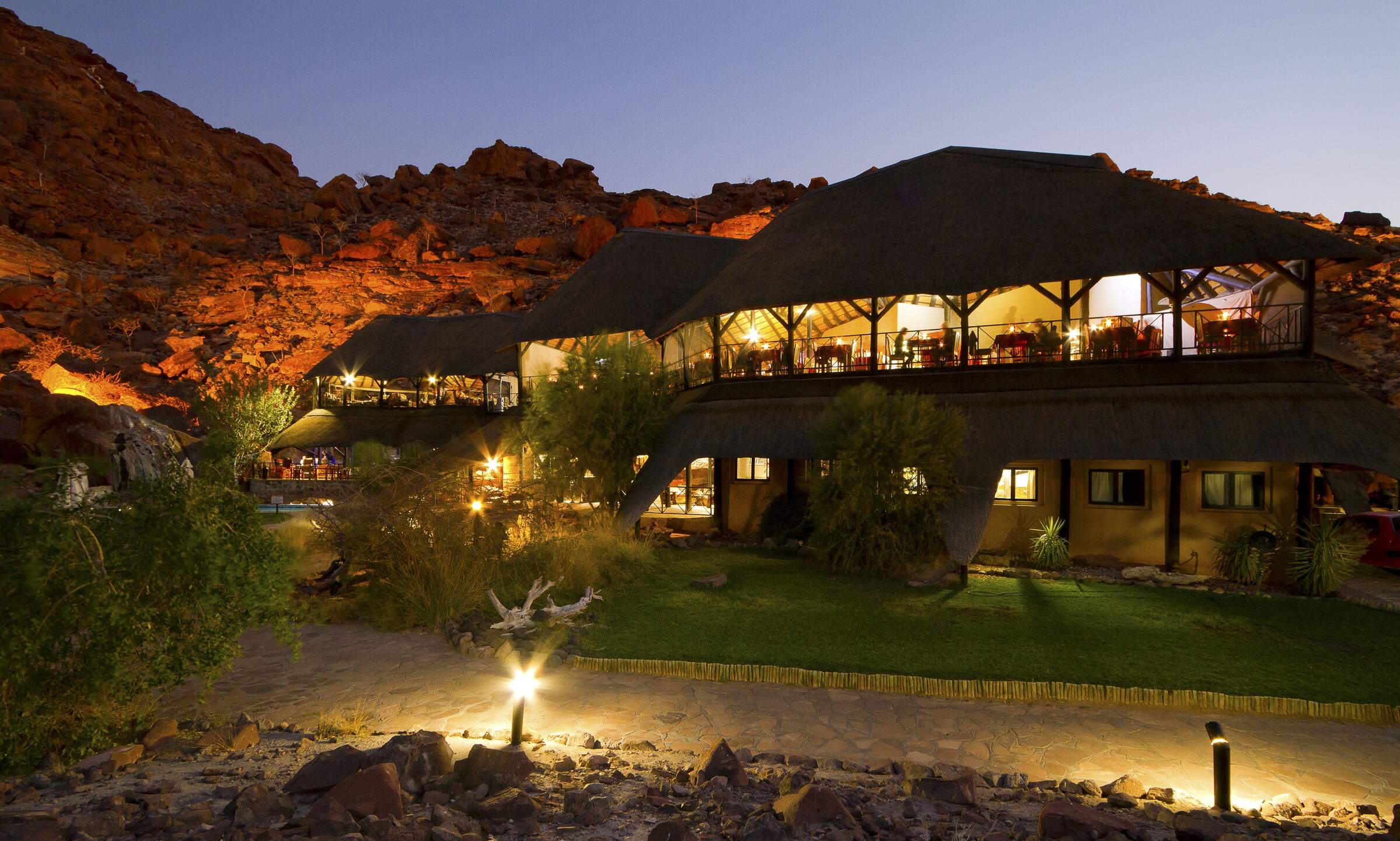
Twyfelfontein C'try Lod.
A large lodge set among the rocks, Twyfelfontein Country Lodge is a convenient base for visiting the rock engravings, which are only 4km away.
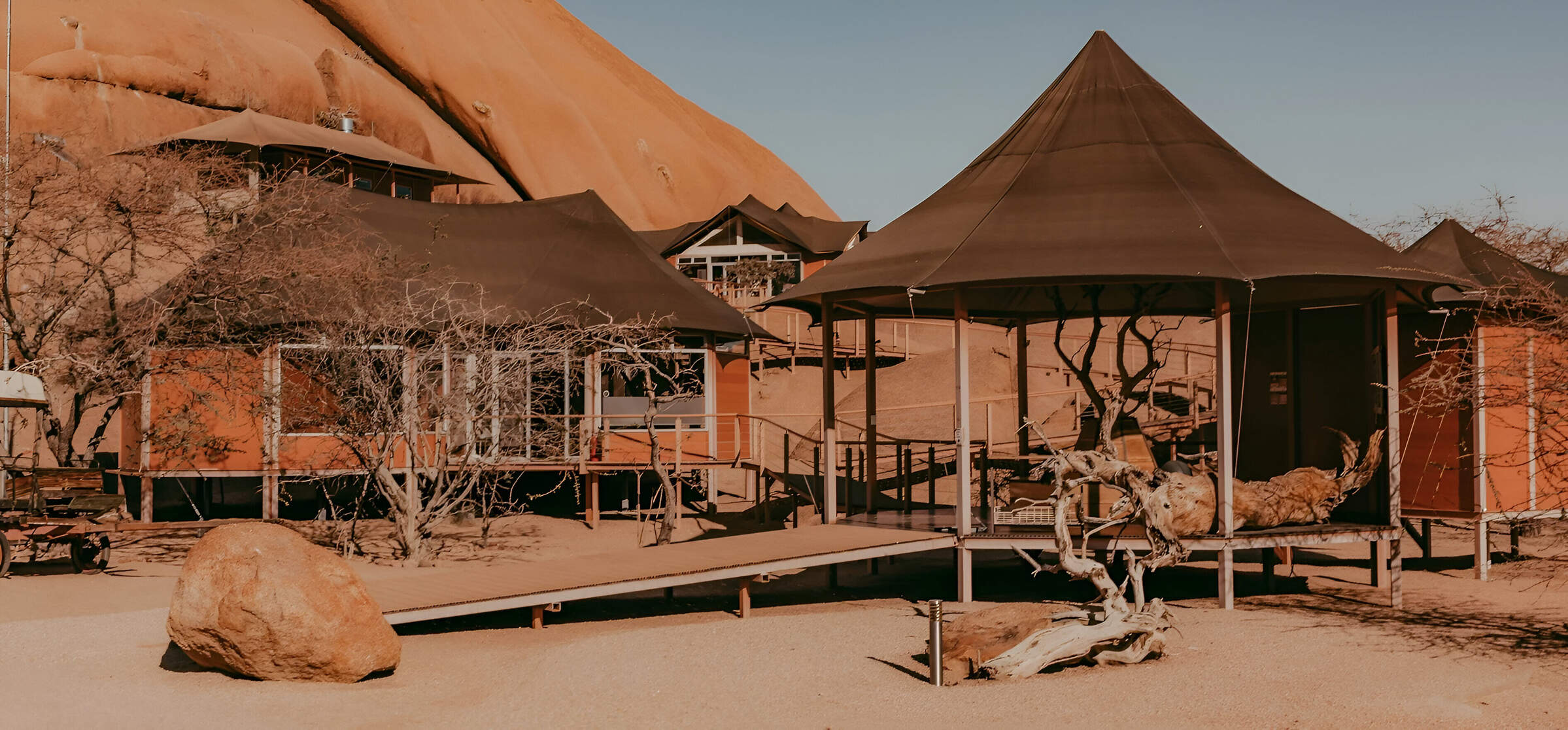
Spitzkoppen Lodge
Spitzkoppen Lodge provides stylish accommodation in an area of scenic grandeur with guided access to sites of ancient Bushman rock art.
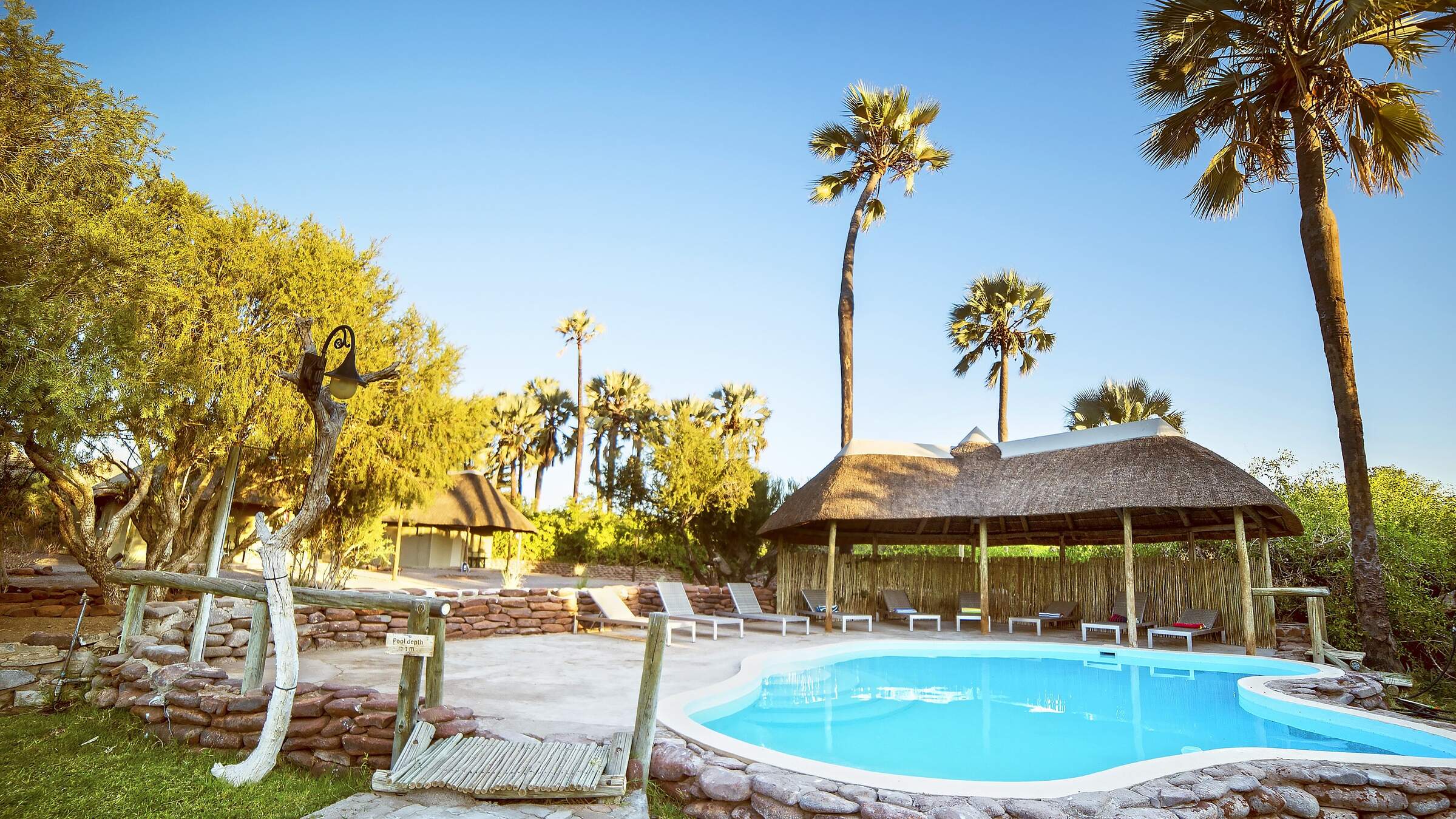
Palmwag Lodge
Palmwag Lodge has a great location by a spring in the Uniab River and offers access to an area where you can see a variety of desert-dwelling animals.
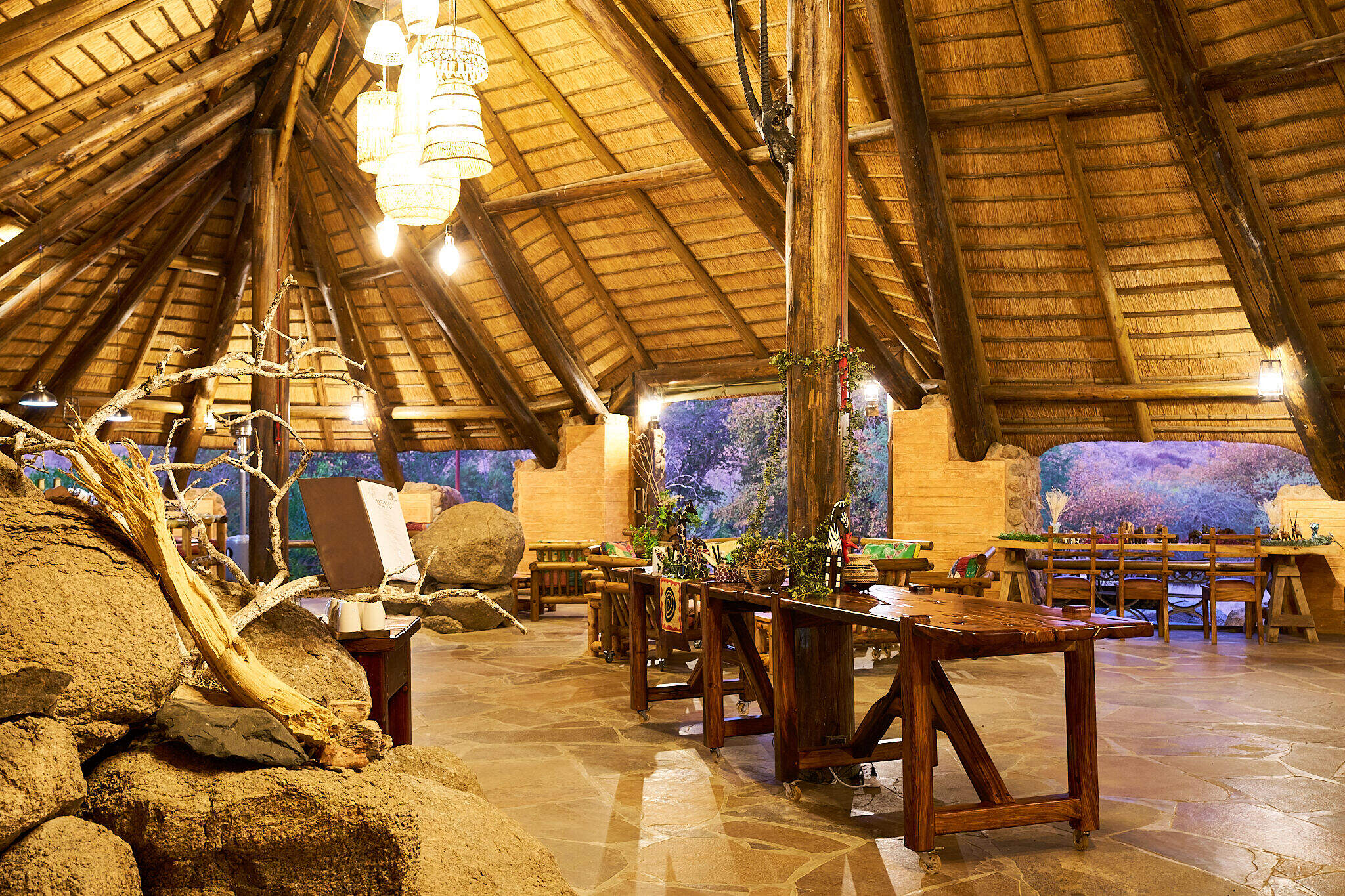
Huab Lodge
Huab is a classic little Namibian Lodge which is slightly off the beaten track in a lesser visited part of Damaraland.
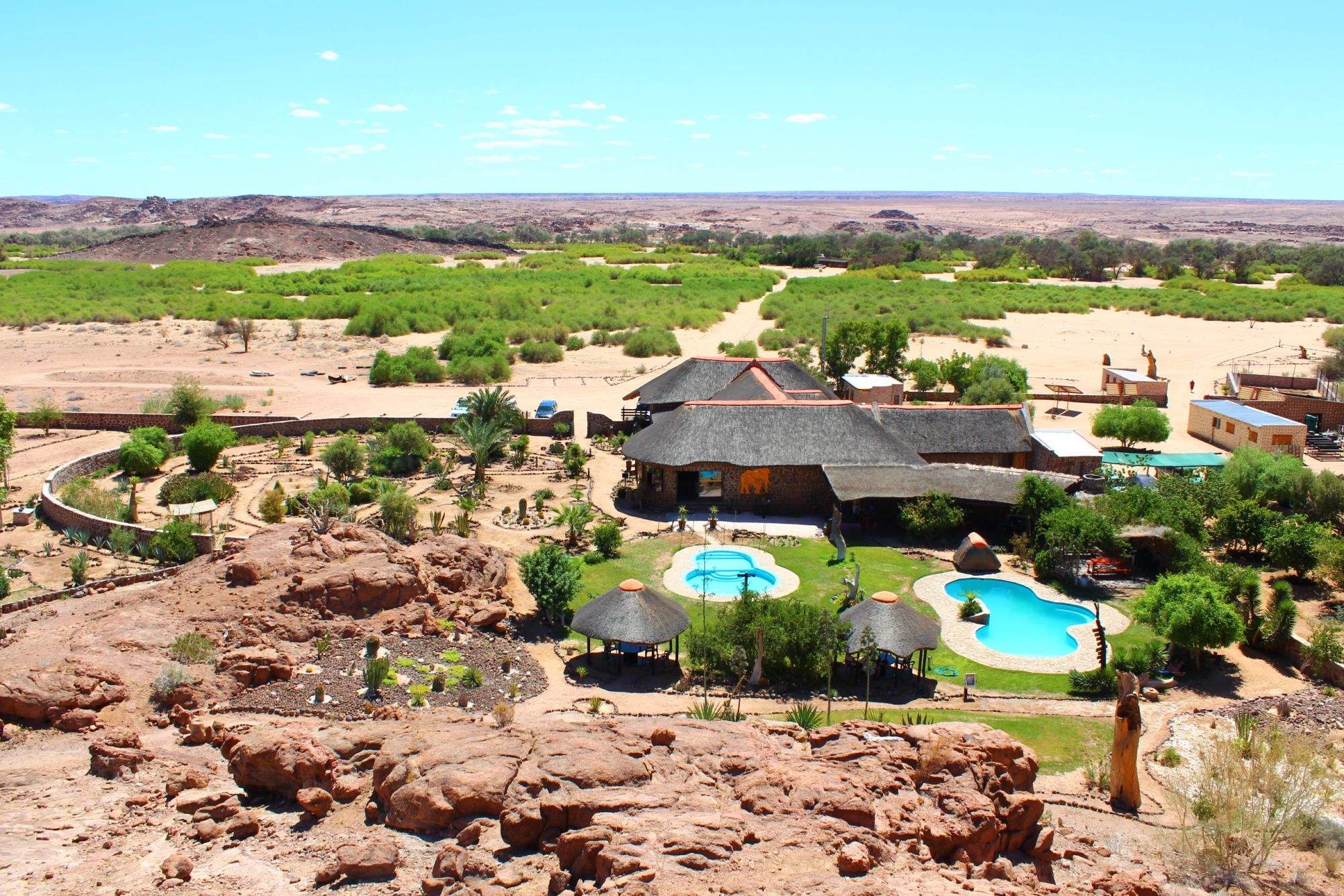
Brandberg White Lady
Brandberg White Lady Lodge, nestled at the foot of its namesake, makes a good base from which to visit bushman rock paintings including the 'White Lady'.
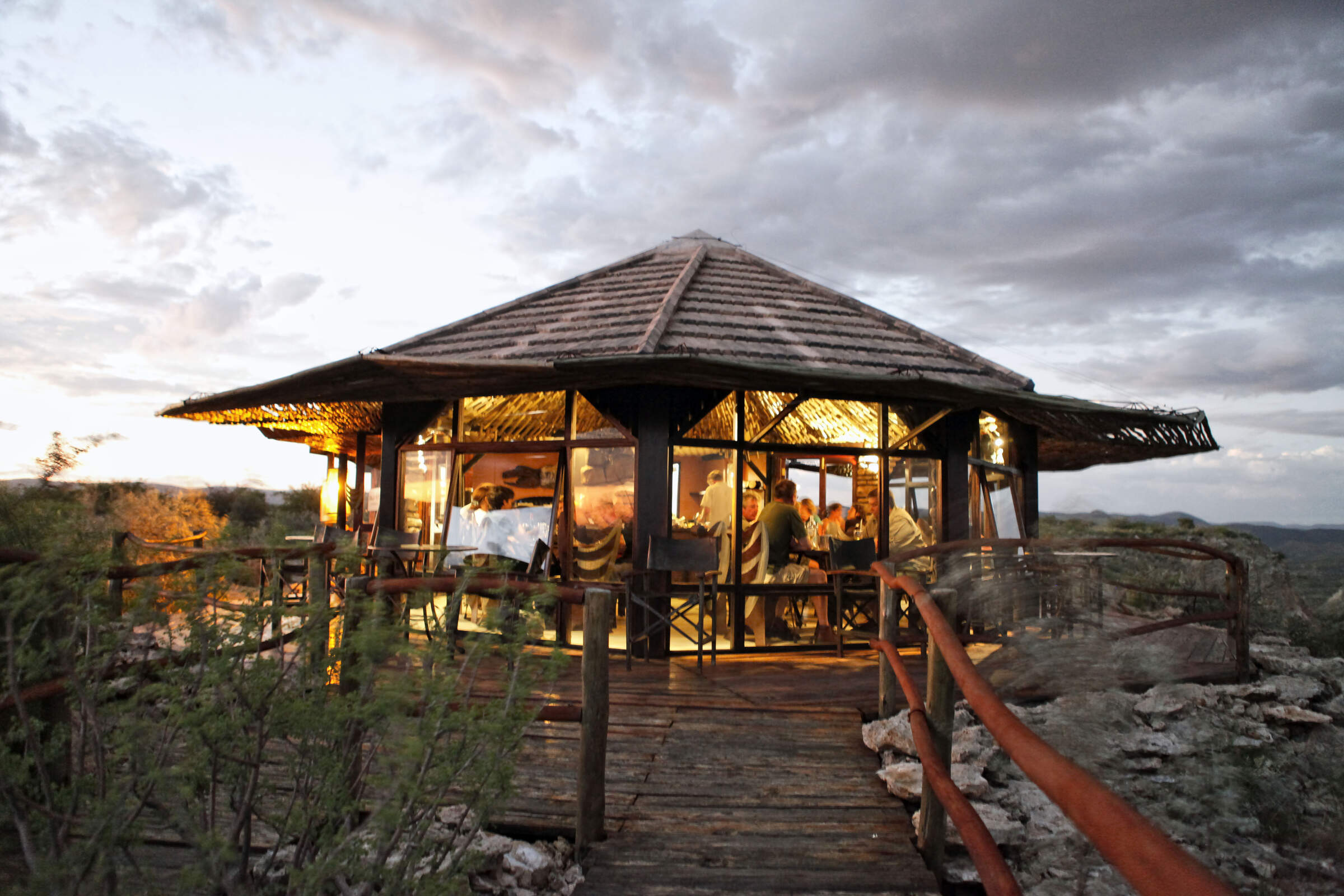
Vingerklip Lodge
Vingerklip Lodge occupies a lovely location, but is a little too far east for guests to visit Damaraland's main attractions.
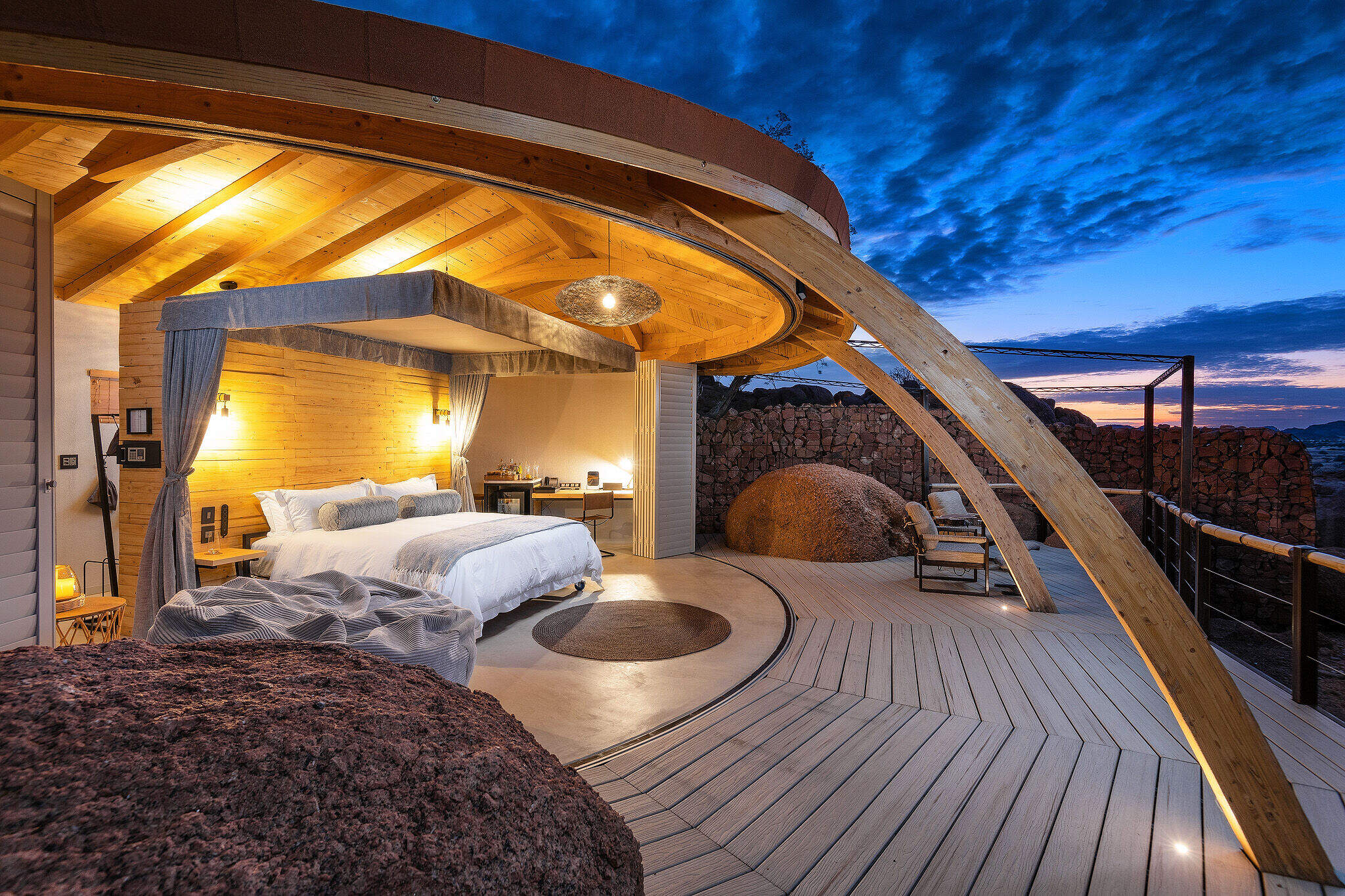
Onduli Ridge
Onduli Ridge is a luxurious, low-impact luxury camp offering top-notch guiding in a remote wilderness area of Damaraland.
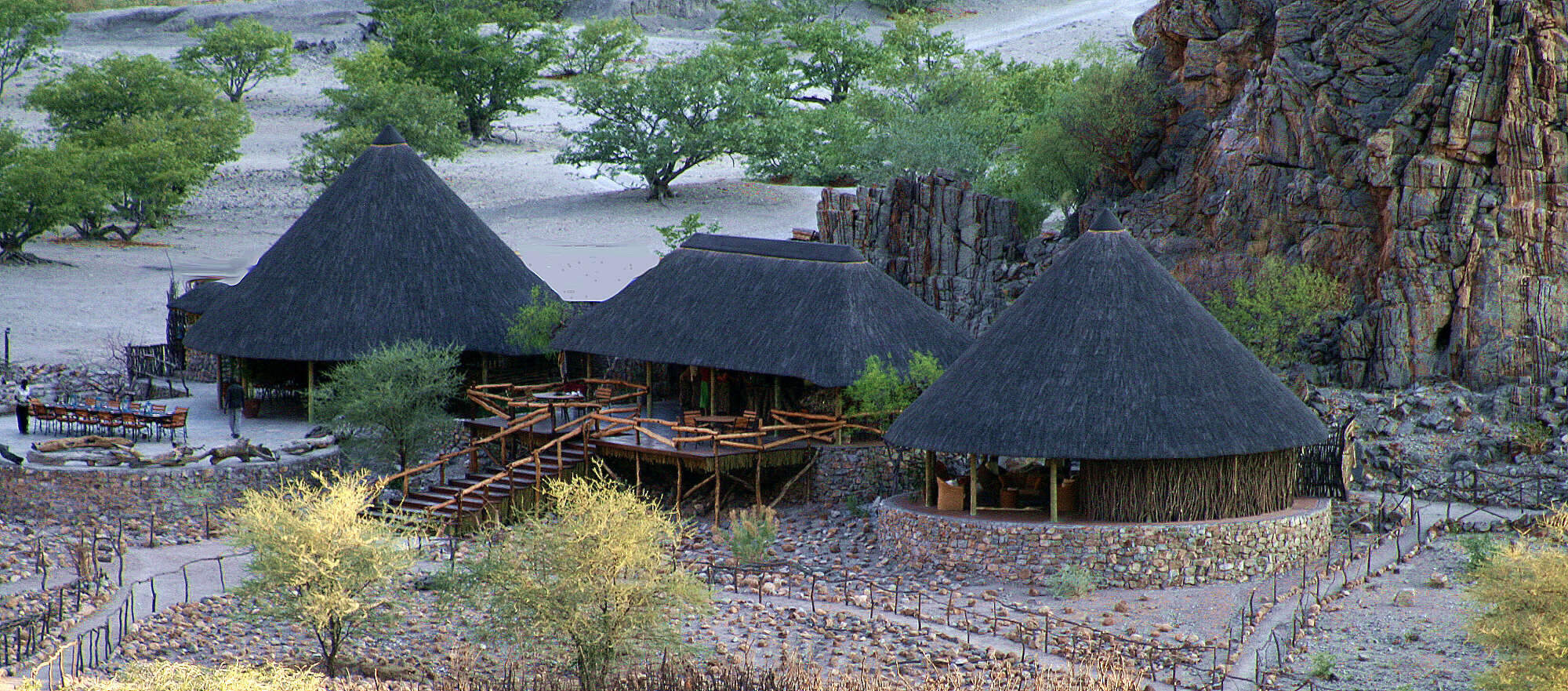
Khowarib Lodge
Khowarib Lodge has a great location overlooking the Hoanib River. This is one of the few places to offer authentic Himba village visits.
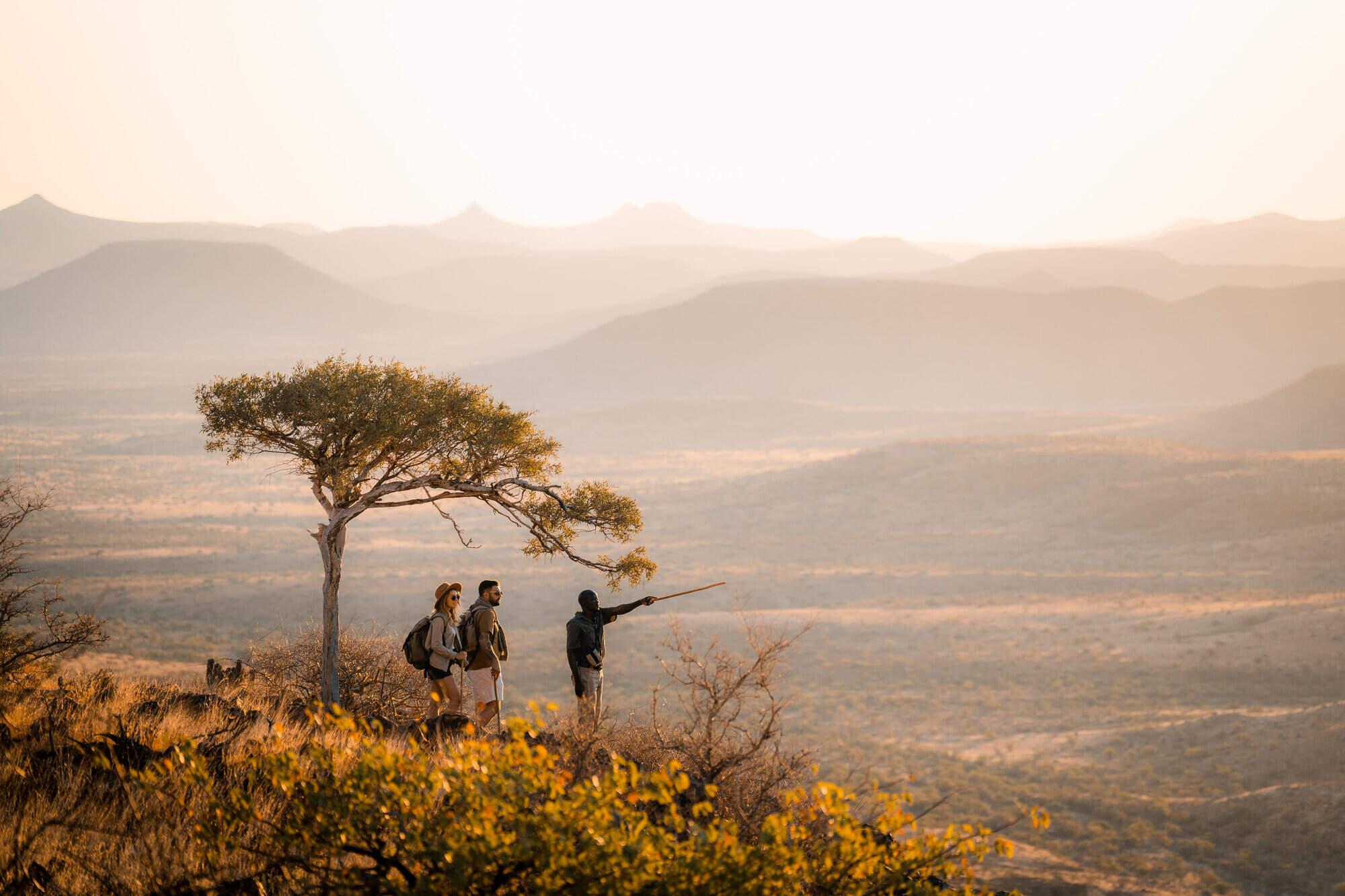
Etendeka Hiking Trail
The Etendeka Walking Trail promises to offer a back-to-basics walking and camping experience in one of Namibia's most remote and untouched wilderness areas.
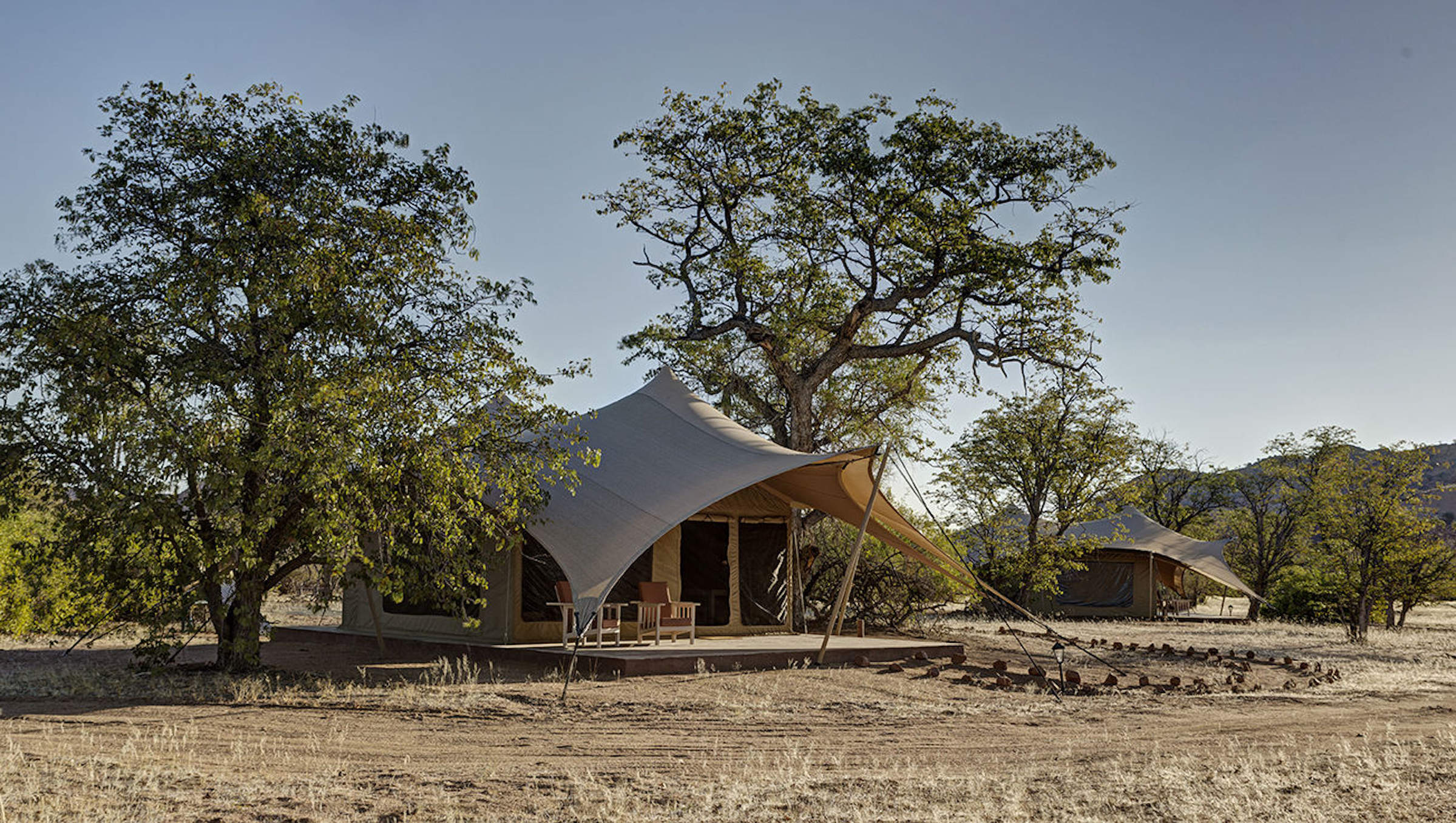
Malansrus Camp
Within easy reach of Twyfelfontein, Malansrus offers a simple but comfortable base for visits to the rock engravings or seek out desert-adapted elephants.
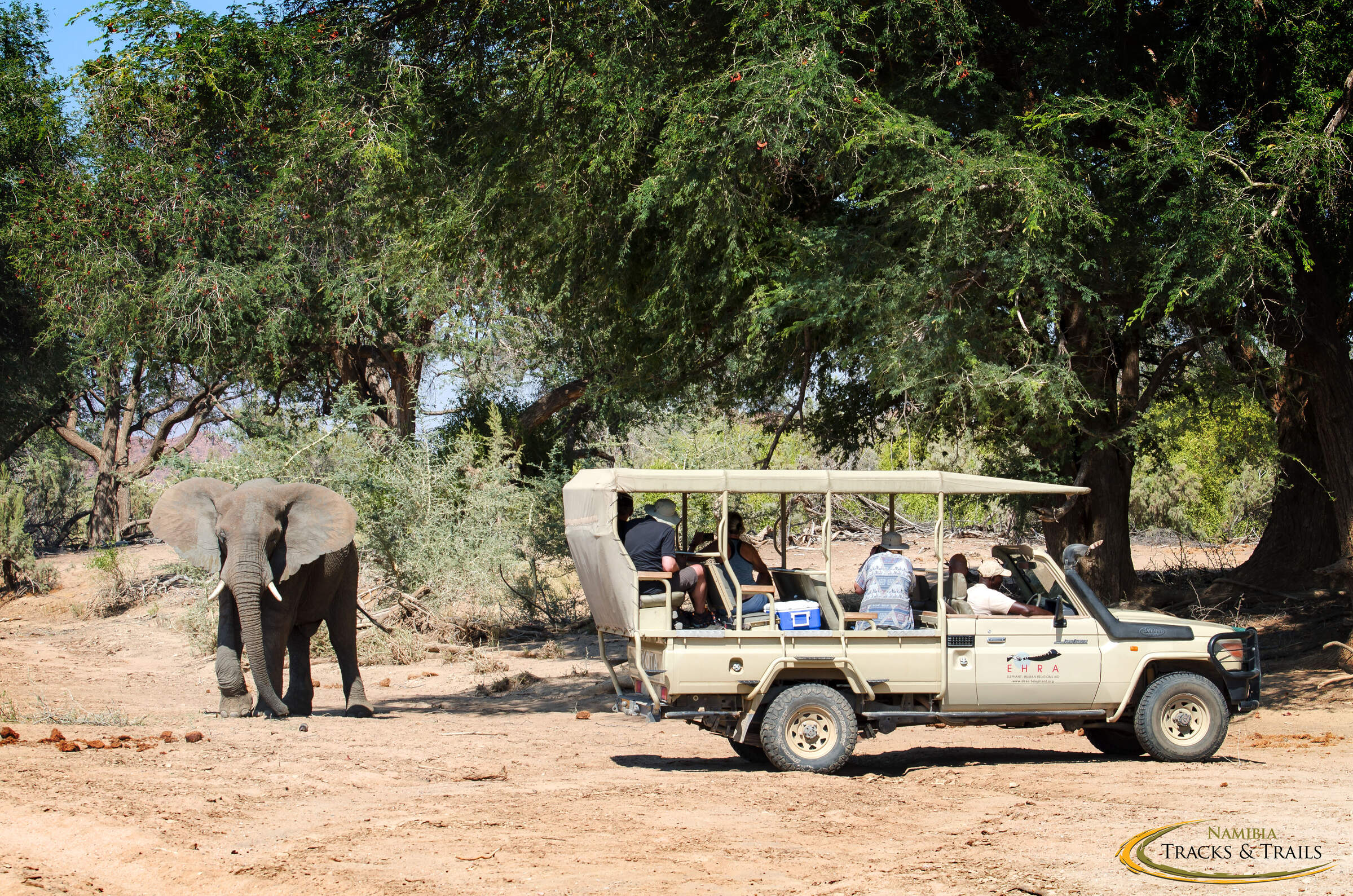
Ozondjou Trails
The simple Ozondjou Trails gives a unique perspective on living with Damaraland’s desert-adapted elephants and how tourism is key to protecting them and the livelihood of the people.
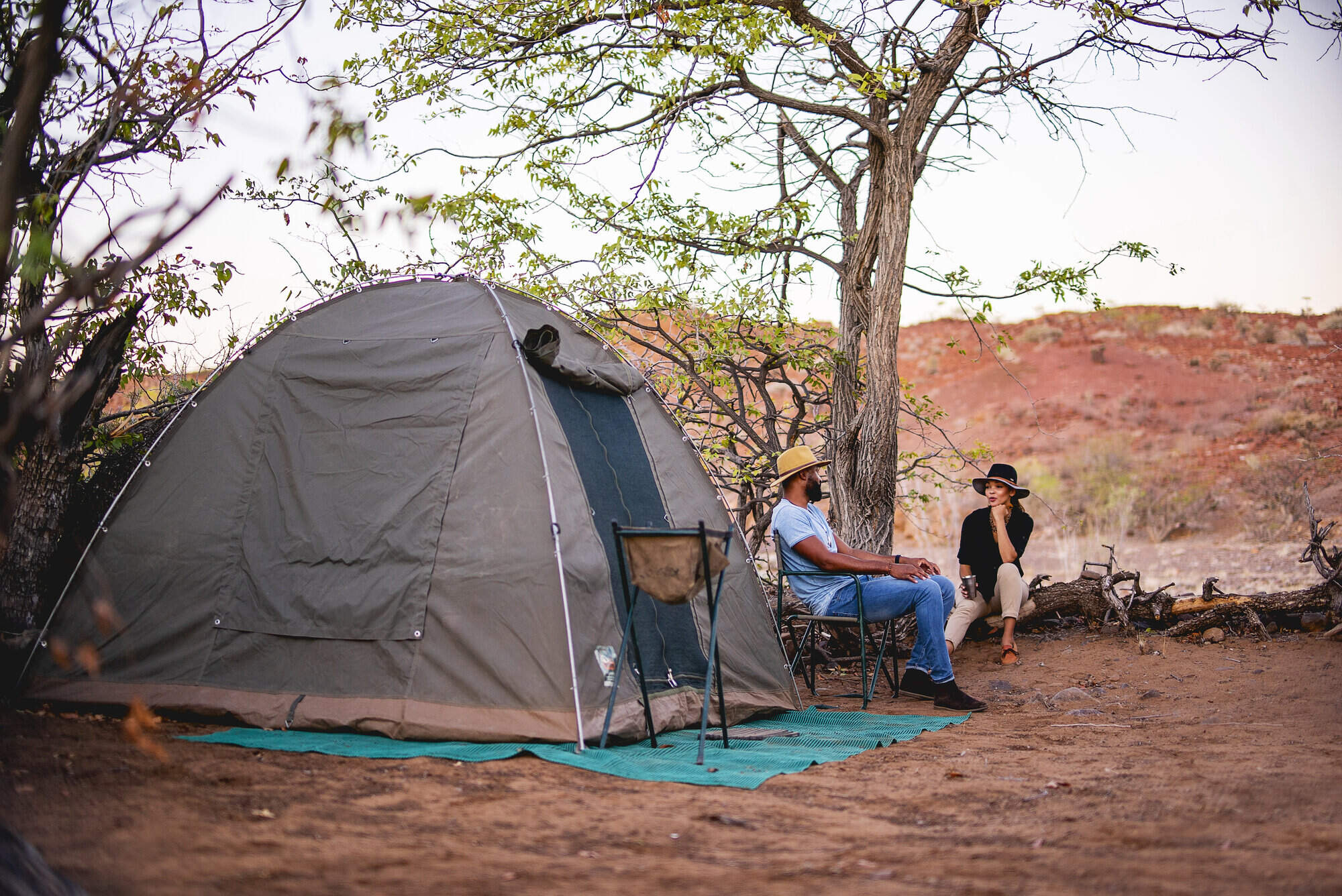
Palmwag Sleep-out
Palmwag Sleep-out is a simple camping experience and a great way to enjoy the remote beauty of the vast Palmwag Concession
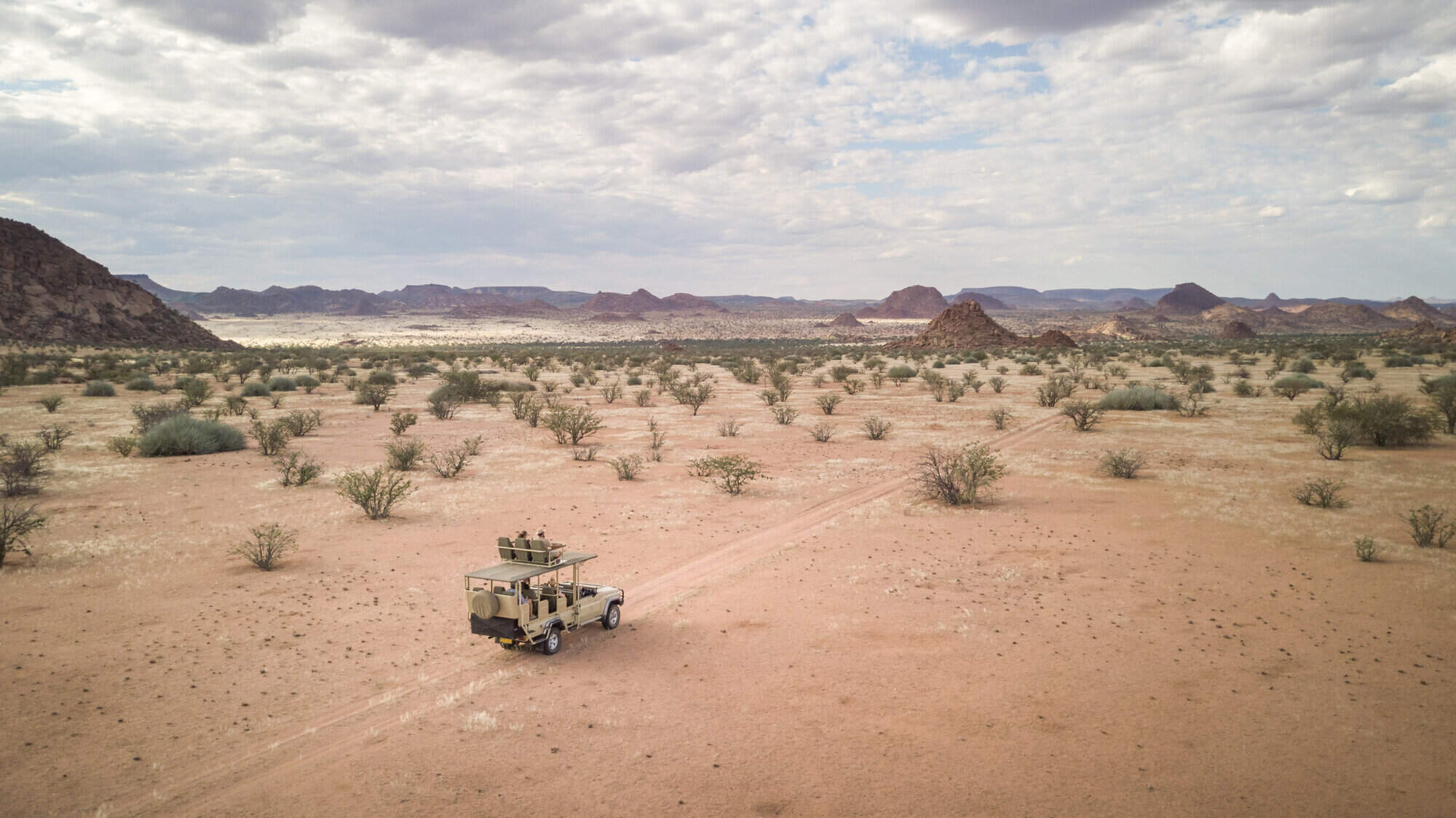
Camp Doros
Small, intimate and with excellent eco-credentials, Camp Doros is set above an ephemeral river within a remote community concession of Damaraland.
When to go to Damaraland
Our month by month guide: What it's like to visit Sorris Sorris Lodge in Damaraland
Jan
Feb
Mar
Apr
May
Jun
Jul
Aug
Sep
Oct
Nov
Dec
Damaraland in January
In Damaraland, January marks the start of the rainy season. The rains, though often light and localised, bring life to the desert landscape.
At Twyfelfontein, the rock engravings glisten after sporadic showers. Some days are clear and hot, with temperatures around 30°C/86°F, while others see dramatic thunderstorms. These can create flash floods in ephemeral riverbeds like the Ugab, temporarily transforming the arid terrain. The greening landscape provides a refreshing backdrop for the ancient rock art at Brandberg Mountain.
Many birds in the region are in full breeding plumage, with migrant species adding to the variety. Wildlife, including the desert-adapted elephants, disperses across the rejuvenated landscape, making sightings more challenging, but rewarding. The Damara Living Museum offers insights into how local communities adapt to these seasonal changes.
- Variable weather: hot, dry or humid with rain
- Occasional localised thunderstorms
- Wildlife dispersed, harder to spot
- Stark mountains against atmospheric skies
- Few tourists, low rates at accommodations
Our view
This is not a great time to visit
Weather in January
Damaraland in February
February is typically the wettest month in Damaraland, though rainfall remains patchy across this predominantly arid region.
The Spitzkoppe granite peaks against thunderous, atmospheric skies create dramatic vistas for photographers. Some days are clear and hot, while others see afternoon thunderstorms that briefly but dramatically charge the landscape. These rains can make travel more challenging, especially to remote sites like the Epupa Falls. However, the landscape feels vibrant and alive, with insects and smaller animals more easily spotted, and seasonal flowers blooming. Many birds and animals are raising their young, offering unique wildlife viewing opportunities.
Despite the rains, the rock art at Twyfelfontein and the Petrified Forest remain accessible.
- Hot and humid with occasional rain showers
- Thunderstorms meander over the landscape
- Birdlife spectacular, migrant species present
- Wildlife harder to see, but landscape lush
- Low tourist numbers, great for solitude
Our view
This is not a great time to visit
Weather in February
Damaraland in March
March in Damaraland usually sees the main rains tailing off, though precipitation varies greatly across the region. Many days are clear, with strong sun driving temperatures up, while others may experience light rainfall.
The landscape often appears vivid and green, providing a striking contrast to the bare rocky outcrops of Spitzkoppe and Brandberg. Animals such as springbok and mountain zebra may be finishing raising their young. Small herds of plains game such as these can be more visible against the greener backdrop. The Damara Living Museum showcases how local communities adapt to these seasonal changes. The clearer skies towards the end of the month make for excellent stargazing at lodges where you can move your bed to sleep under the stars.
- Weather becoming drier as month progresses
- Animals looking healthy after months of plenty
- Balmy nights sleeping under star-filled skies
- Migrant birds begin to depart
- Few tourists, rates often low at lodges
Our view
A good time to visit, with pros & cons
Weather in March
Damaraland in April
April in Damaraland is typically dominated by dry weather, with decreasing chances of rain. Temperatures begin to fall, but days remain pleasantly warm. The rains often leave the landscape verdant, creating stunning photo opportunities at sites like the Etendeka Plateau and Klip Valley.
Animals are in fantastic condition, often with fast-growing young in attendance. The desert-adapted elephants may be more easily spotted as they begin to return to the riverbeds to feed on Ana and Camelthorn trees. With dust washed from the atmosphere, photographers can capture clear shots of spectacular landscapes. Stargazers will enjoy increasingly clear night skies. In the Palmwag Concession, water and food remain in plentiful supply, so finding mammals such as black rhino can still be challenging, but worth the effort.
- Cooler nights, days still warm and pleasant
- Landscape still green from recent rains
- Air clear, for crisp photographs
- Wildlife starting to become easier to find
- Easter sees an increase in visitors
Our view
A good time to visit, with pros & cons
Weather in April
Damaraland in May
By May, Damaraland is usually drying out fast. If rains have been good, the land remains green, especially around natural springs found in valleys and craggy rocksides. The air quality and clarity can be amazing, making this an ideal month for photography at sites like Twyfelfontein and along the remote Hoanib riverbed.
Temperatures are moderate, typically warm with crisp, clear mornings and blue skies. Evenings are cool enough to wear an extra layer. Many lodges still charge low season prices, offering good value. The combination of increasingly good wildlife sightings, beautiful landscapes, and crystal-clear air make May one of the best months to visit Damaraland. It's an excellent time to explore the region's geological wonders, such as the ancient Etendeka lava flows.
- Lovely weather: warm days, cool nights
- Landscape drying out, still some greenery
- Clear, sharp colours for photography
- Wildlife more visible along scenic riverbeds
- Low visitor numbers, moderate lodge rates
Our view
A very good time to visit
Weather in May
Damaraland in June
June sees Damaraland dry and clear, with blue, largely cloudless skies. Days are often lovely and warm, but nights can be cold, sometimes below freezing in desert areas.
Visitors should pack warm clothing for early morning nature drives to spot desert-adapted elephants or black rhinos. Most outdoor pools are too cold for swimming, except for the very dedicated. It’s a particularly good climate for walking; either short walks or perhaps a multi-day hike on the Etendeka Plateau.
Historically, June prices have been low, but Damaraland's increasing popularity means many lodges now consider it high season.
- Clear, bright days and cold nights
- Wonderful for stargazing and night walks
- Good wildlife viewing in remote wildernesses
- Hiking comfortable in cooler temperatures
- Moderate lodge rates, increasing bookings
Our view
A very good time to visit
Weather in June
Damaraland in July
July in Damaraland offers fairly warm temperatures above 20°C/68°F in the middle of the day, but often cold nights. Visitors should dress in layers and be prepared for chilly mornings and evenings.
Rain is extremely rare, and clear skies make for great photographs of the sandstone mountains in morning and evening light. As vegetation shrivels, animals gather near food and water sources, making sightings of desert-adapted wildlife more likely. Elephant herds are more regularly seen along dry riverbeds during this period.
Lodges charge high season rates, and many are booked up well in advance, especially during European school holidays.
- Dry days, clear skies, crisp cold nights
- Peak time for wildlife viewing in Damaraland
- Desert-adapted elephants more easily spotted
- Wonderfully cool for day walks and longer hikes
- High season rates, book accommodations early
Our view
A very good time to visit
Weather in July
Damaraland in August
August is the height of Damaraland's winter. Expect cloudless skies and usually warm sun during the day, but nights can drop to freezing in desert areas. Visitors should bring warm clothes for nature drives and walks in chilly mornings and evenings.
The landscape begins to change from green to golden grasses and stark hillsides. Wildlife sticks close to dry river-beds where desert-adapted elephants dig for water, creating waterholes for other animals.
The clear, dry conditions make it an excellent time for hiking and exploring geological features like the Organ Pipes and Burnt Mountain.
August is the most popular time to visit Damaraland, especially for families. Booking well in advance is essential.
- Perfect weather for outdoor activities
- Excellent wildlife viewing opportunities
- Popular time for hiking and tracking rhino on foot
- Good time for cultural experiences at Damara Living Museum
- Peak season, lodges booked up well in advance
Our view
Fantastic: the very best time to visit
Weather in August
Damaraland in September
September in Damaraland brings blue, cloudless skies and fantastic wildlife viewing. Rain is almost unheard of, and as the month progresses, days and nights quickly get warmer. Daily maximums can reach the low 30s Celsius/mid-80s Fahrenheit, though low humidity keeps it comfortable. The air becomes dustier, occasionally affecting visibility for photographers at sites like Twyfelfontein or Brandberg.
In the Palmwag Concession and along the Ugab River, animals congregate around remaining water sources, making September one of the best months for game viewing, especially for desert-adapted elephants and black rhinos, but also desert-adapted lion. It's a popular month for visitors, particularly safari enthusiasts seeking sightings of these unique sub-species.
The Himba at Khowarib provide insights into how local communities adapt to the dry season.
- Warm days, nights getting warmer
- Landscape golden brown, very photogenic
- Prime time for seeing desert-adapted wildlife
- Air can be hazy with dust
- High season rates, book well in advance
Our view
Fantastic: the very best time to visit
Weather in September
Damaraland in October
Damaraland is usually at its hottest and driest in October. Temperatures build throughout the month, with daily highs potentially exceeding 40°C/104°F towards the end. The extreme dryness, though, makes even these high temperatures bearable.
Wildlife watching is at its best, particularly in areas like the remote Palmwag Concession and along the Hoanib River. October is popular among wildlife enthusiasts, as shyer species such as brown hyena and cheetah are more regularly seen. However, dust and occasional smoke may make the air hazy, challenging landscape photographers but creating beautiful sunsets.
Visitor numbers can decrease towards the end of the month, potentially allowing for last-minute bookings at some lodges.
- Hot and dry, true desert conditions
- Wildlife congregates at remaining water
- Excellent month for photographing sunsets
- Peak tourist time, expect higher rates
- Unusual species like brown hyena more regularly seen
Our view
A very good time to visit
Weather in October
Damaraland in November
November in Damaraland is unpredictable; sometimes dry and hot, sometimes cloudier and cooler. Typically, mornings are hot and clear, with clouds gathering from the afternoon. Humidity builds, occasionally resulting in spectacular thunderstorms with convection rainfall in late afternoons. These storms are usually localised and may not reach desert areas.
Places receiving good rain, like parts of the Palmwag Concession, quickly turn green, softening the landscape. Many mammals give birth, offering unique wildlife viewing opportunities. Once rains settle in waterholes, wildlife disperses in search of food, making game viewing more challenging. However, this is an excellent time for birdwatchers, with migrant species arriving and taking on breeding plumage.
The rock art at Twyfelfontein and Brandberg can be particularly striking after light rains.
- Variable weather, possibility of rain
- New growth if rains arrive, landscape greens
- Wildlife viewing still good, with babies often born
- Shoulder season rates offer better value
- Birdlife increases with migrant arrivals
Our view
A good time to visit, with pros & cons
Weather in November
Damaraland in December
December is often a dry month between November’s short rains and the main rains in January, and is one of its hottest months. Occasional short, often spectacular thunderstorms are often highly localised and generally welcomed, clearing the air of dust and allowing plant life to flourish. This creates a green carpet across the usually arid landscape, providing food for young animals.
Wildlife, including the desert-adapted elephants, disperses widely as food is more plentiful, making game viewing in areas like the Palmwag Concession more challenging. But sightings in early December can be enjoyed and photographed at leisure often with few or no other viewers. Many birds are breeding, sporting their most colorful plumage.
Christmas and New Year fall within local summer holidays, so accommodation options can be surprisingly busy, especially in cooler areas near the coast.
- Hot days, possibility of refreshing showers
- Landscape may become green with early rains
- Good time for seeing young animals
- Desert-adapted species less concentrated
- Holiday season brings more visitors
Our view
This is not a great time to visit
Weather in December

Looking for inspiration on where to travel next?
Visit our trip chooser to explore your options and find inspiration for your perfect African adventure
Inspire me